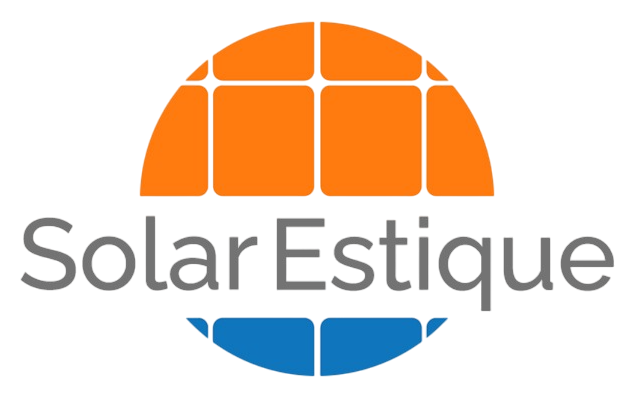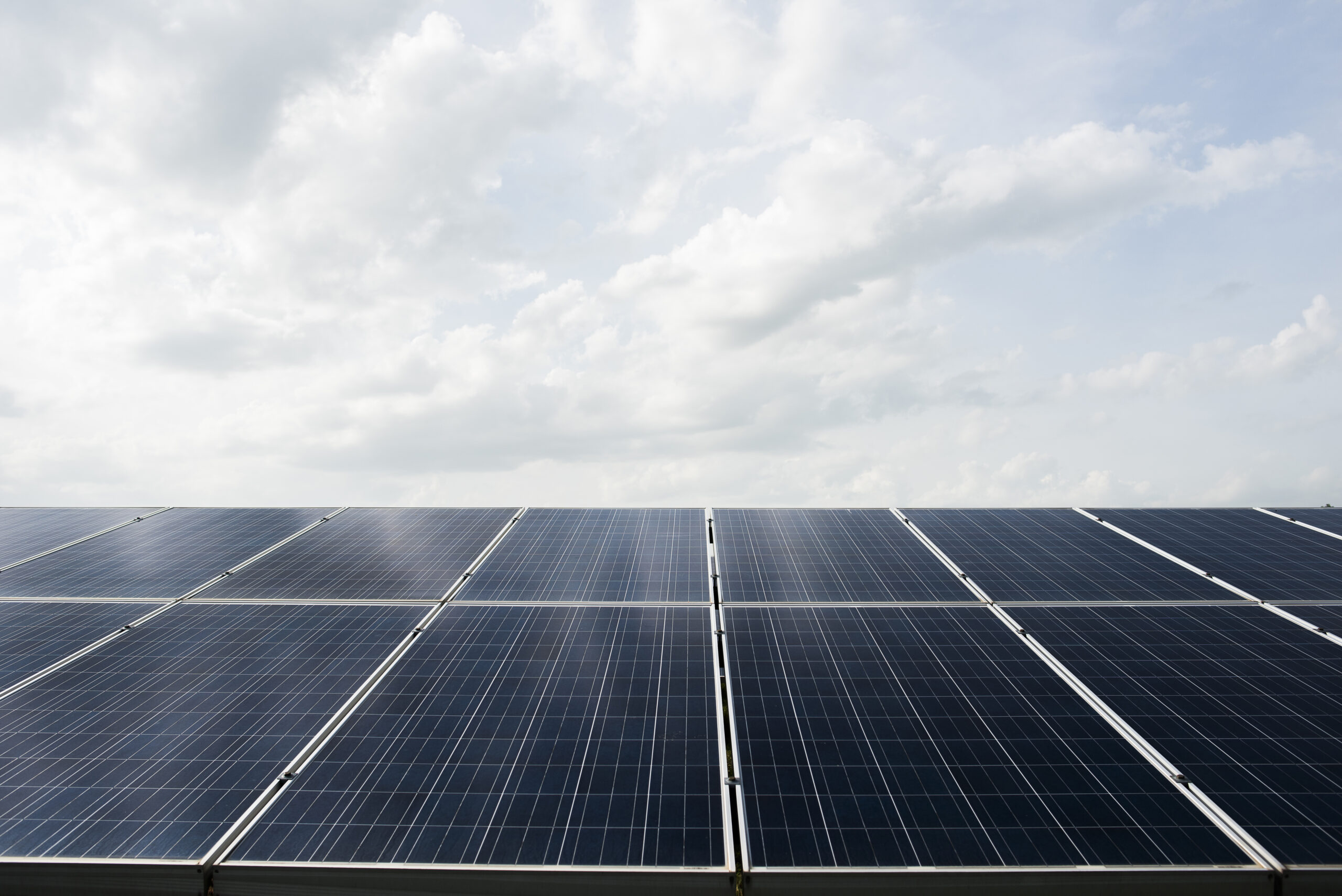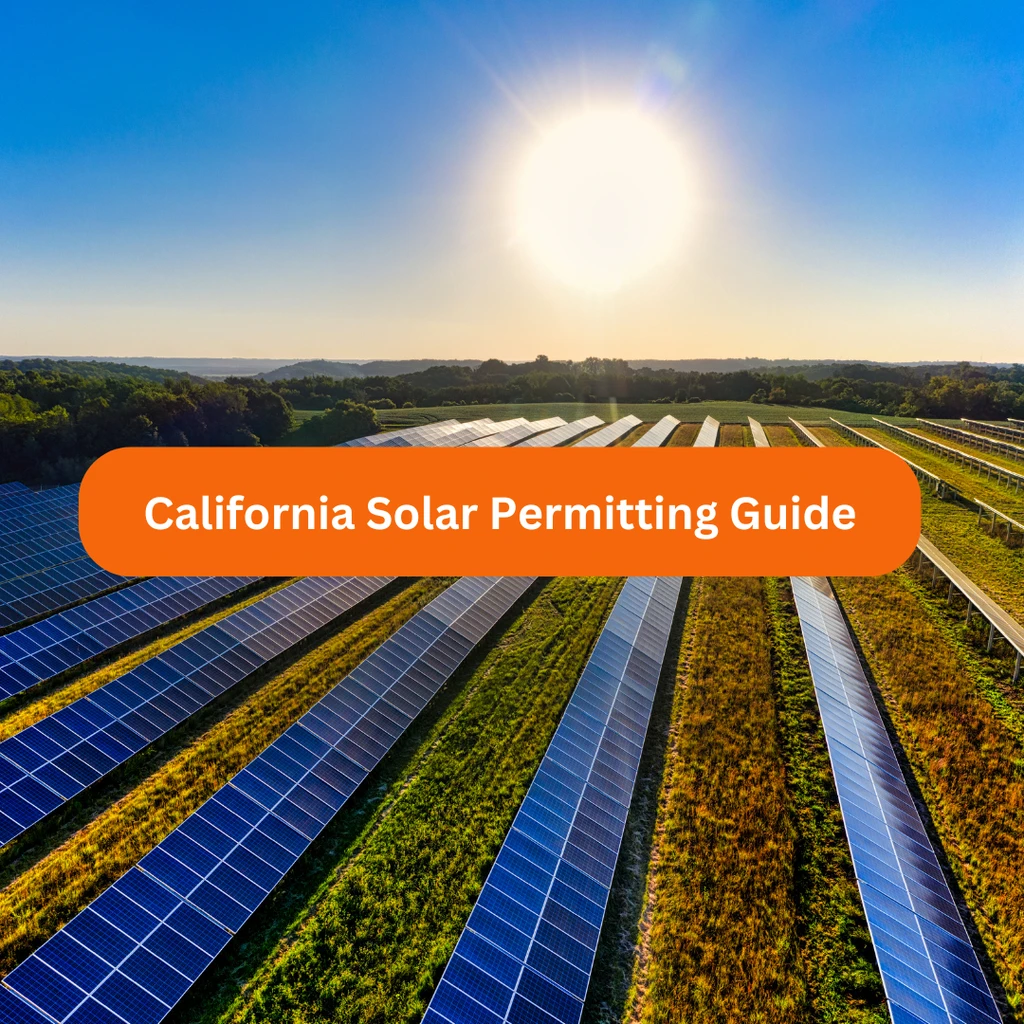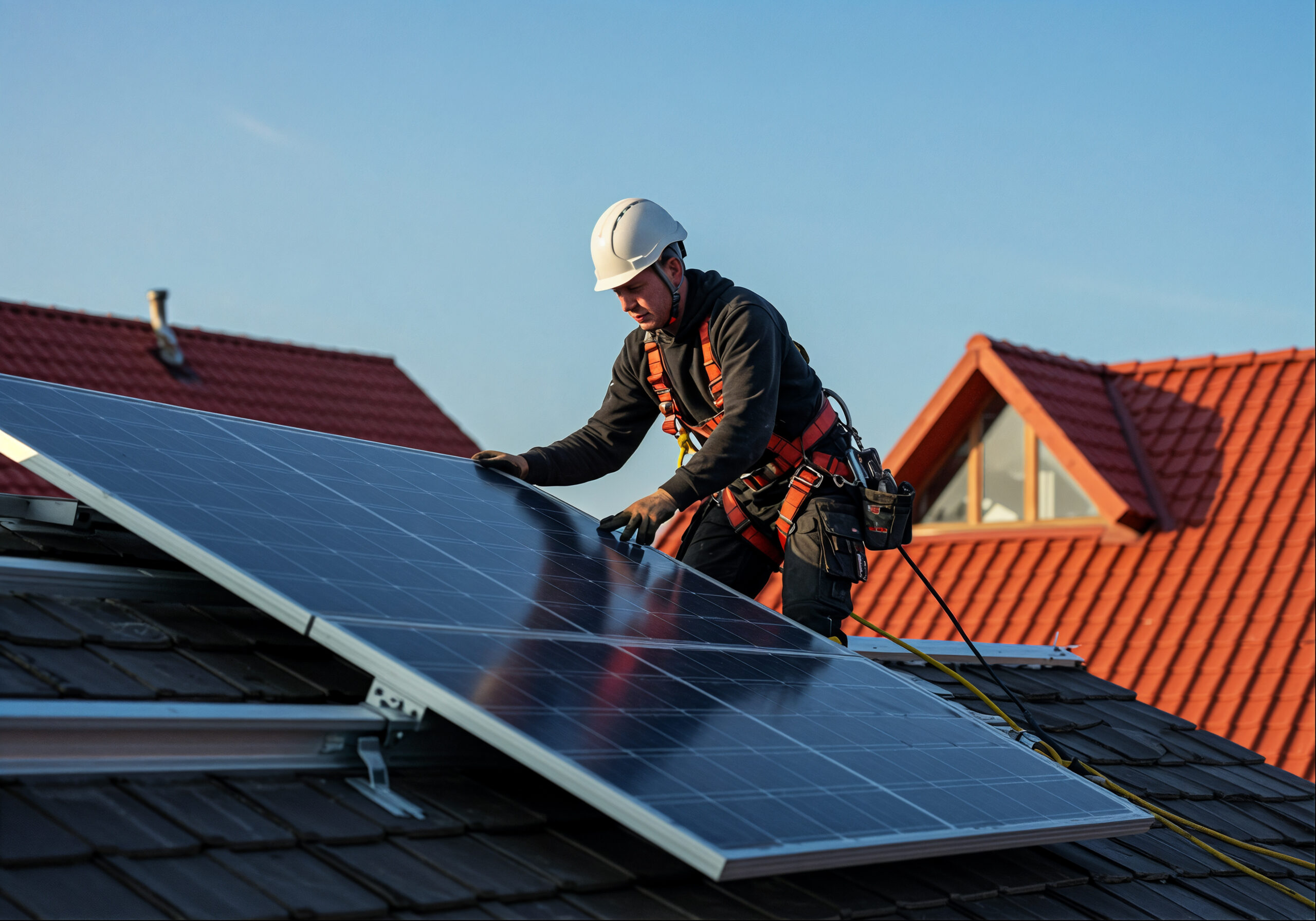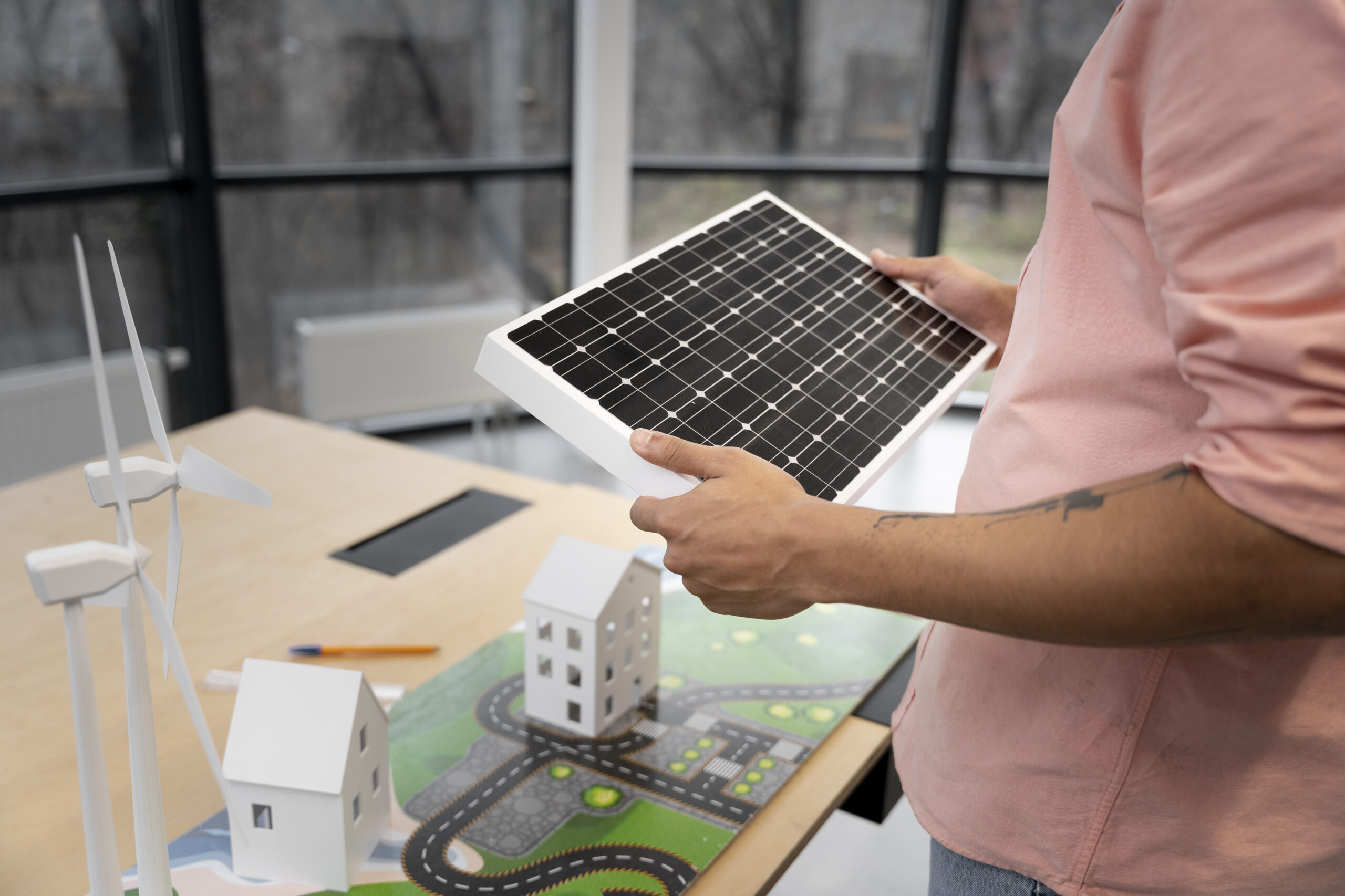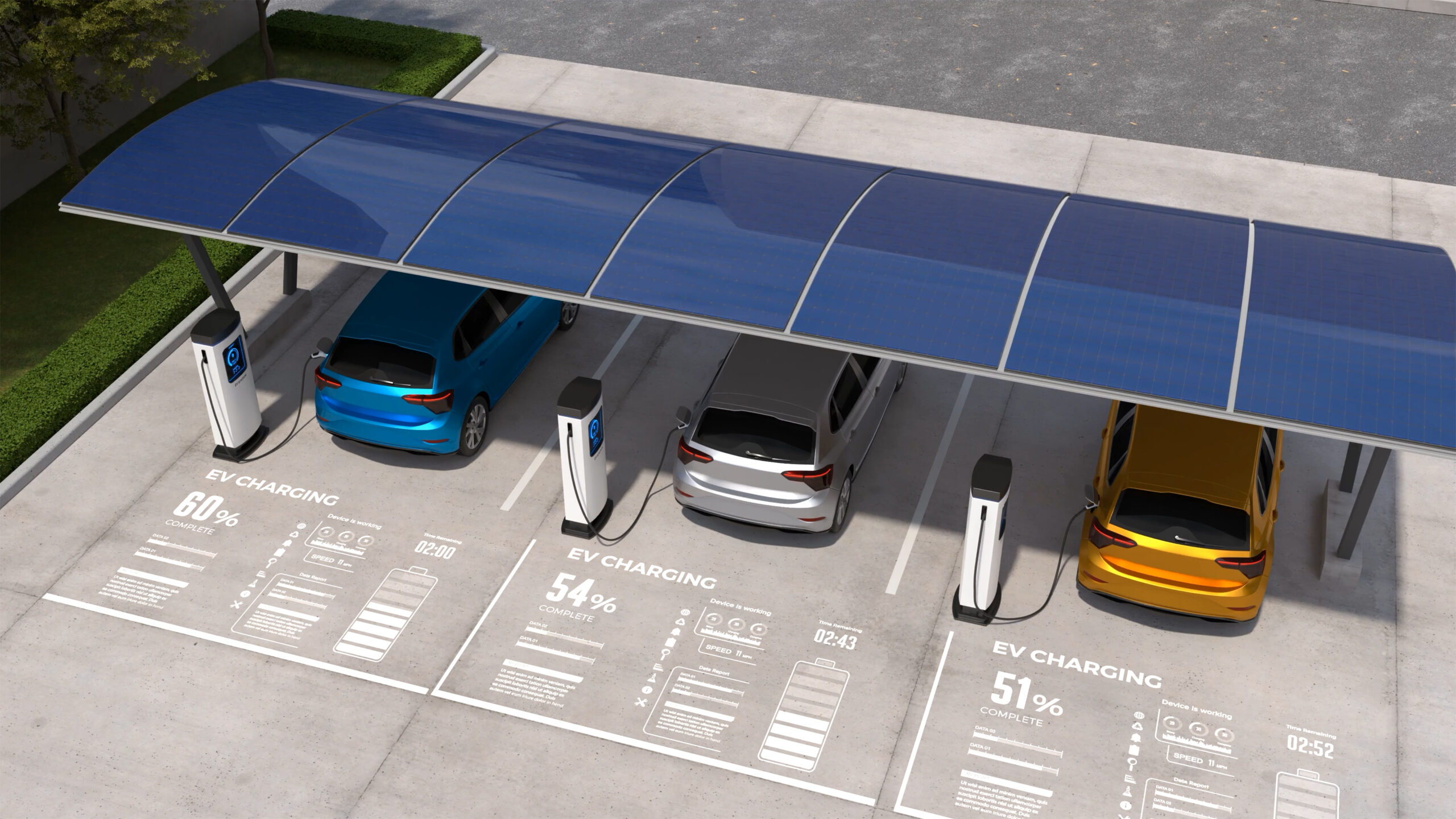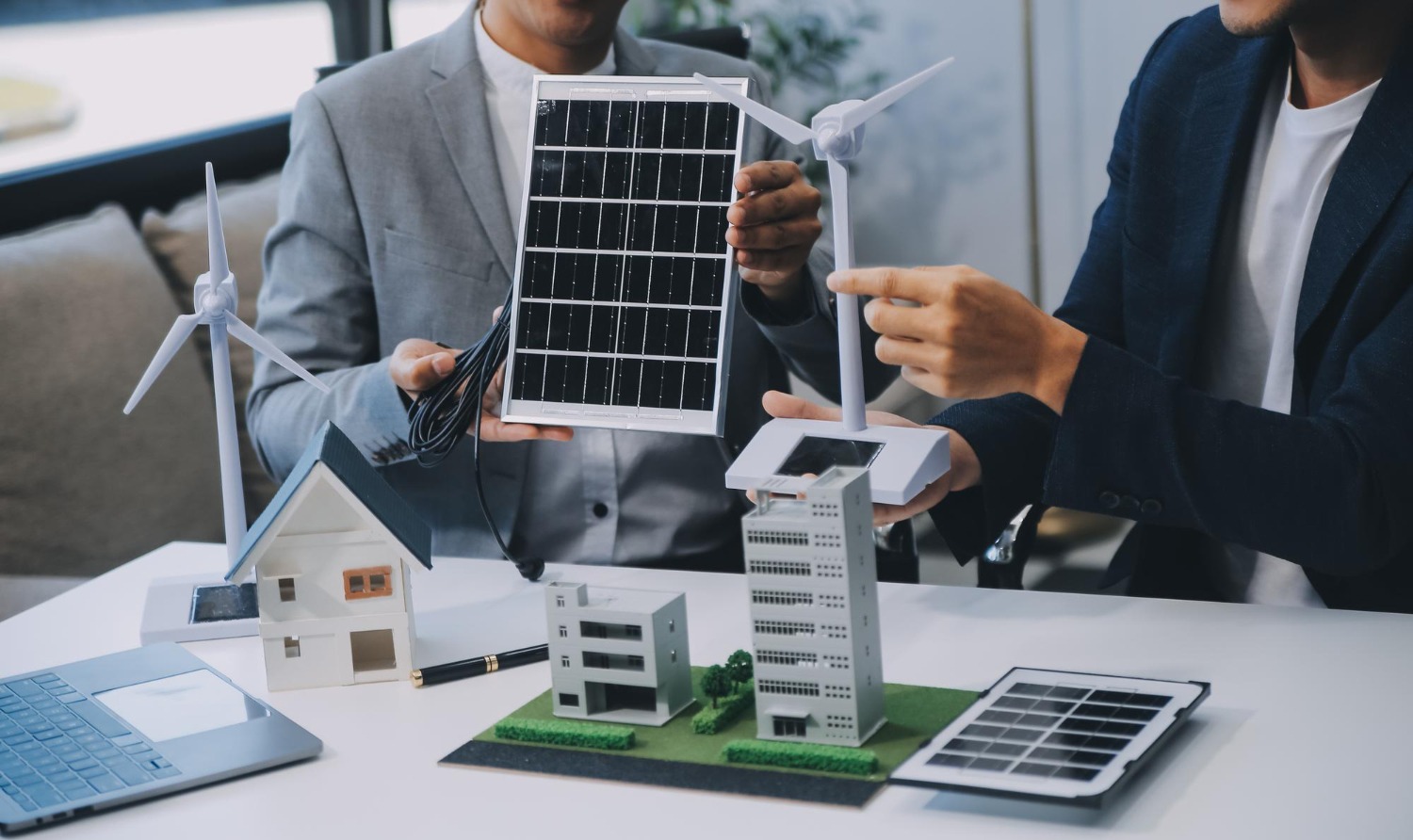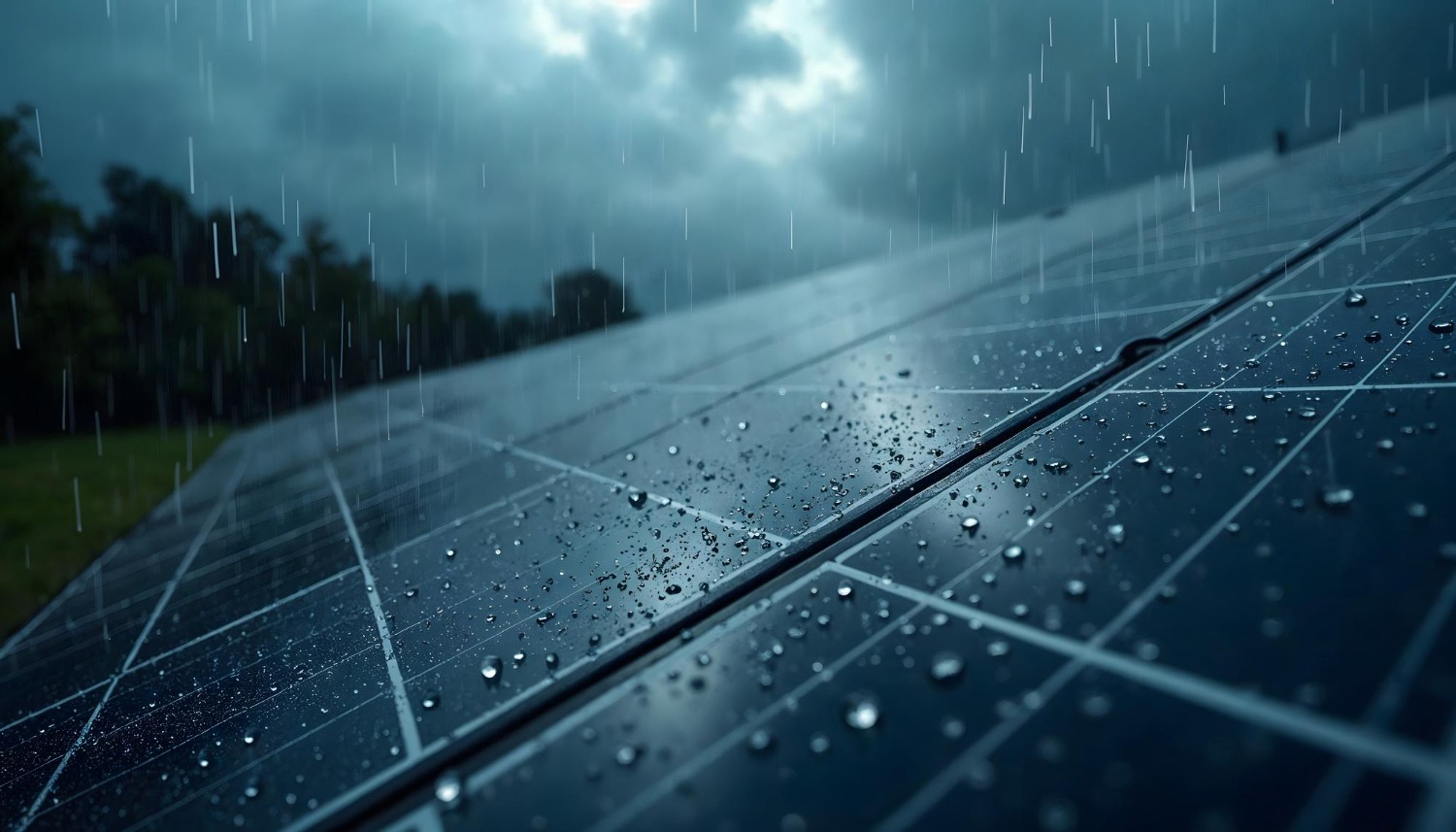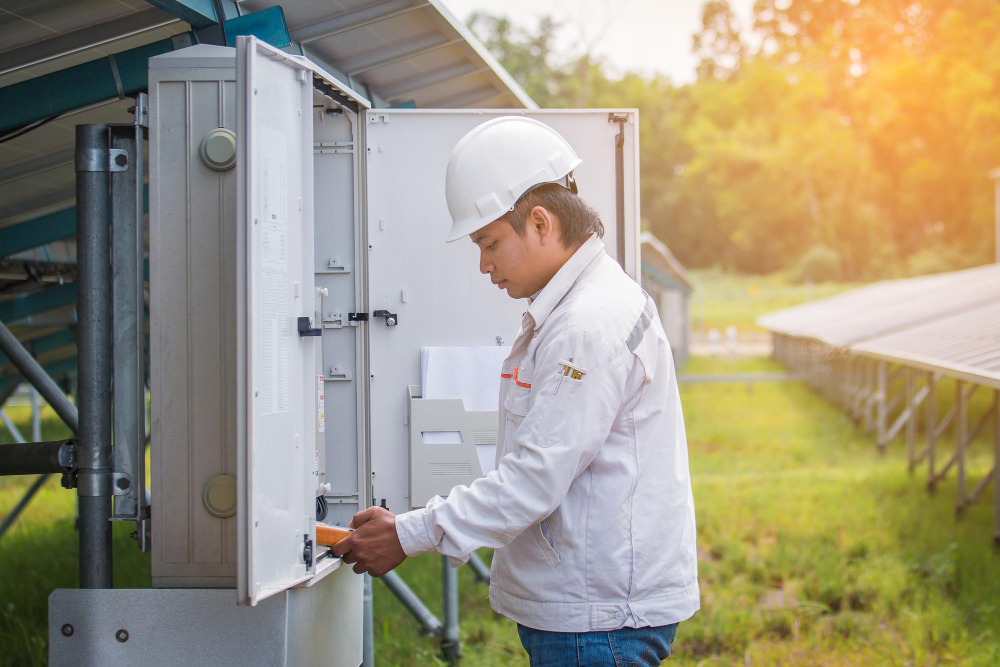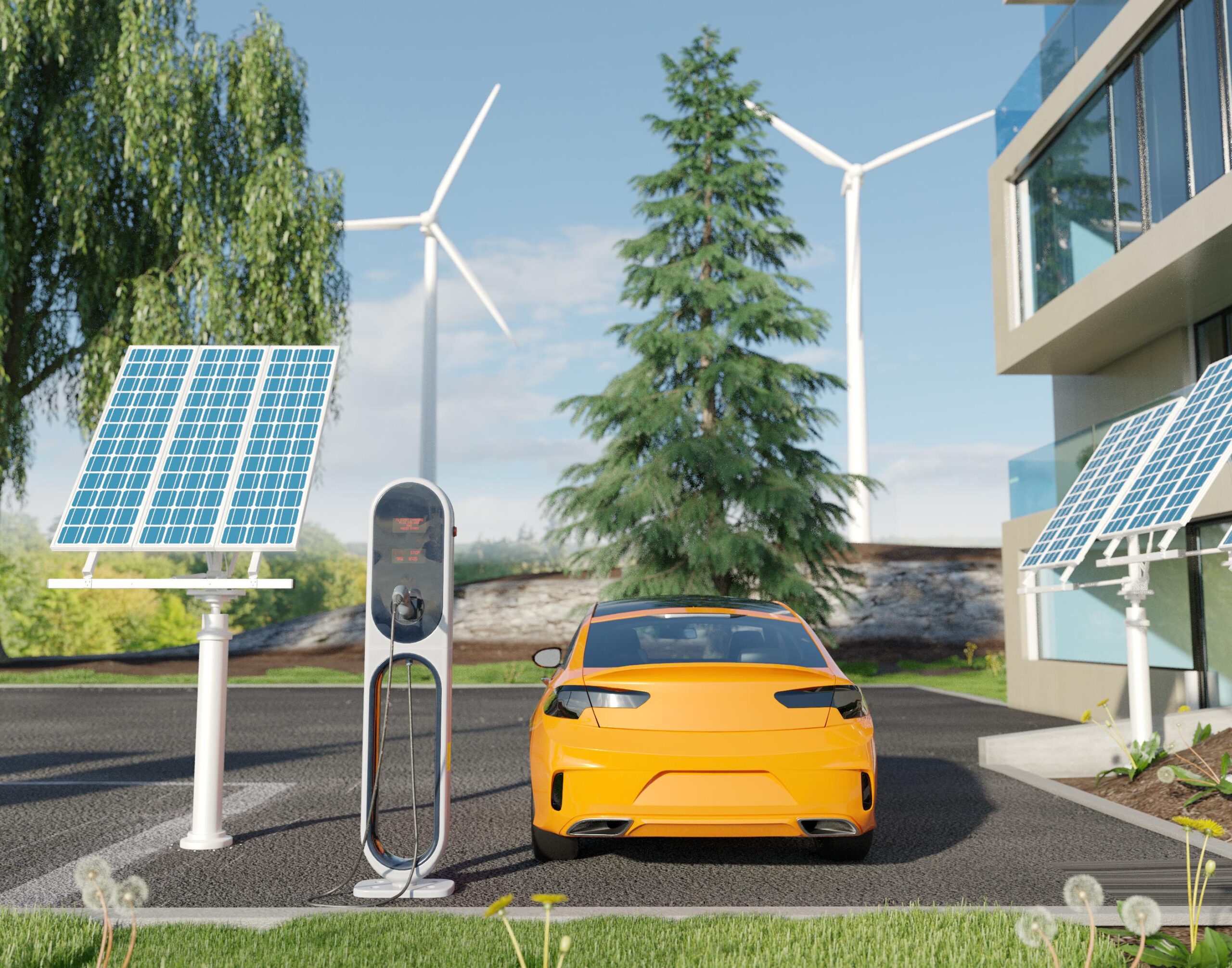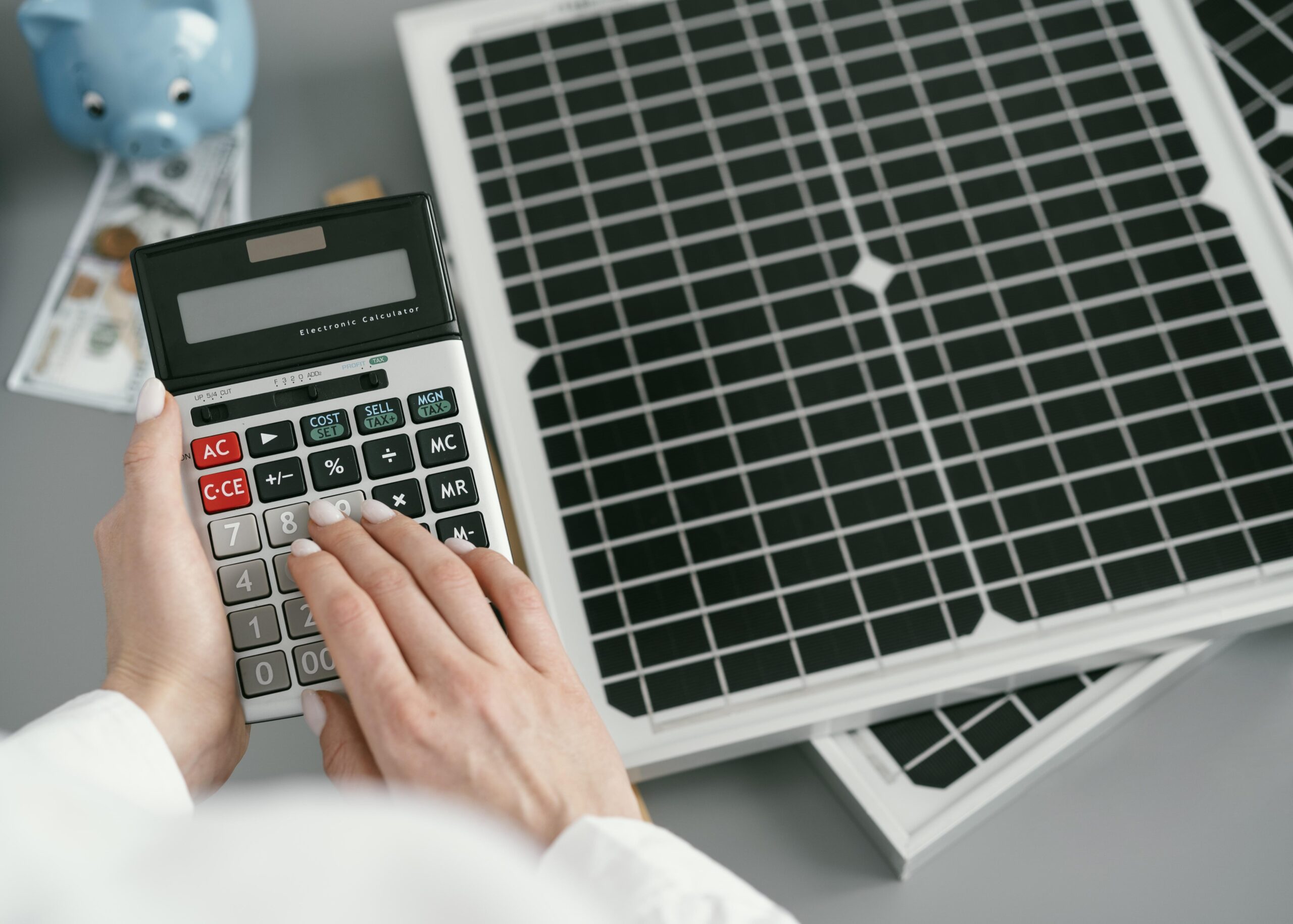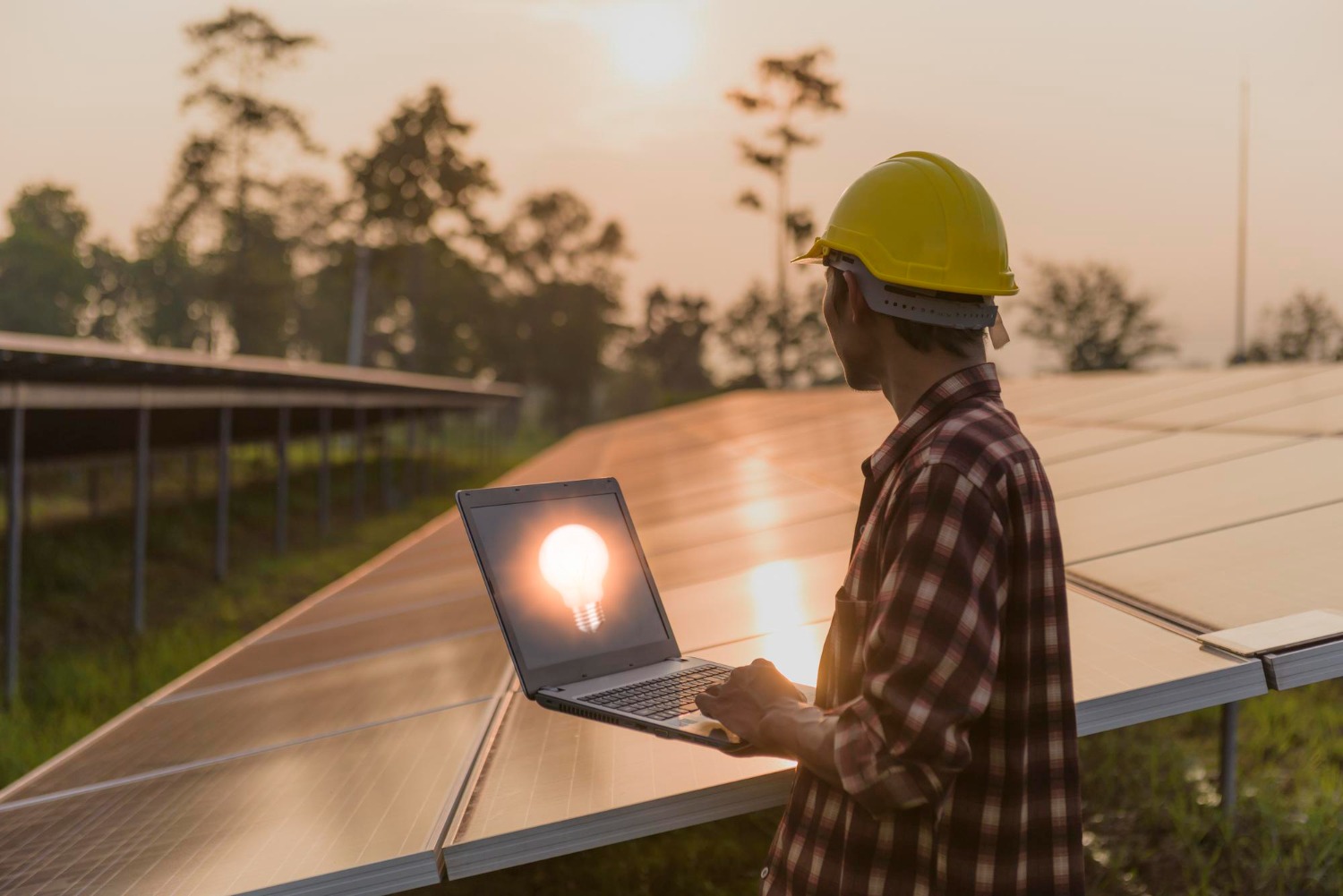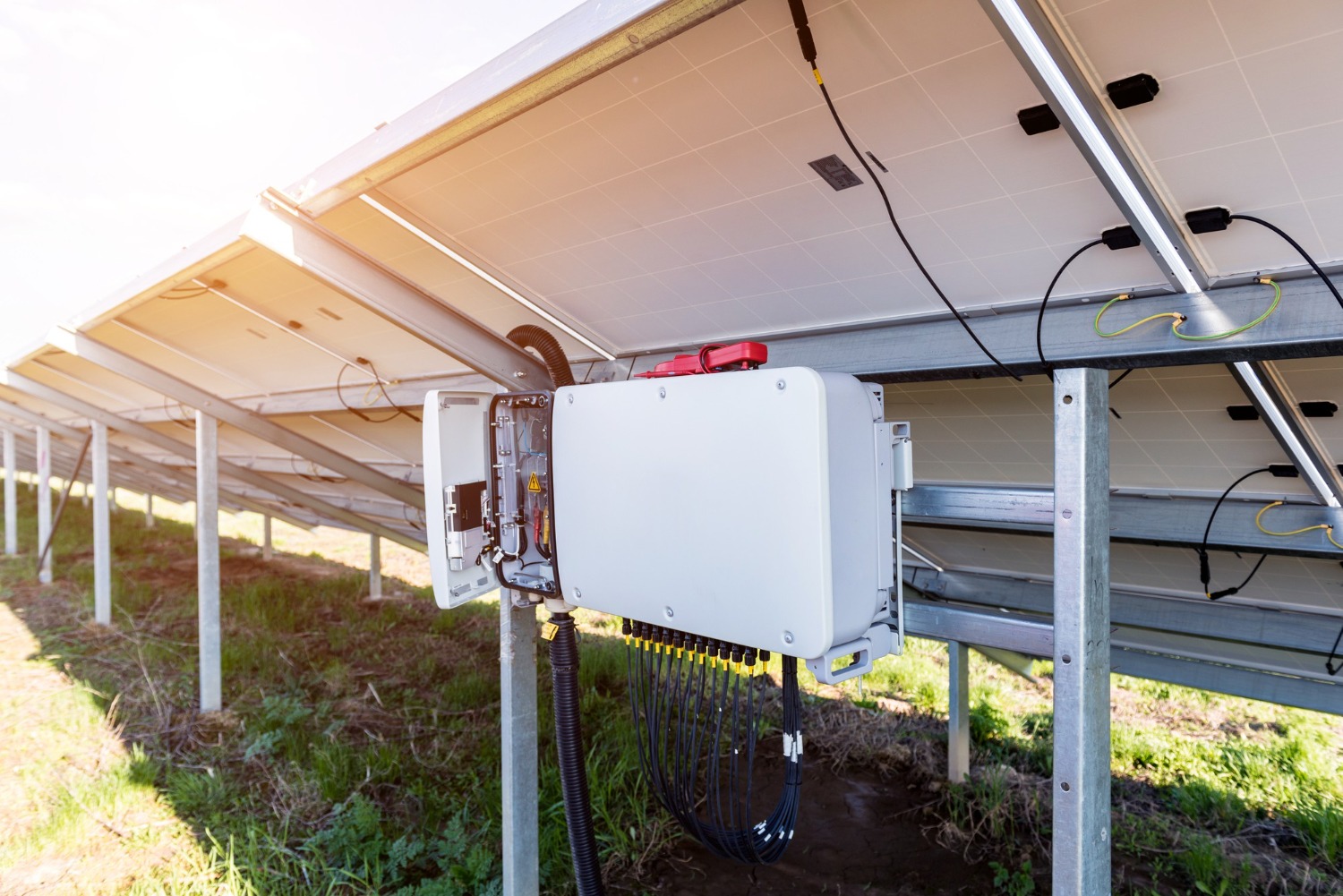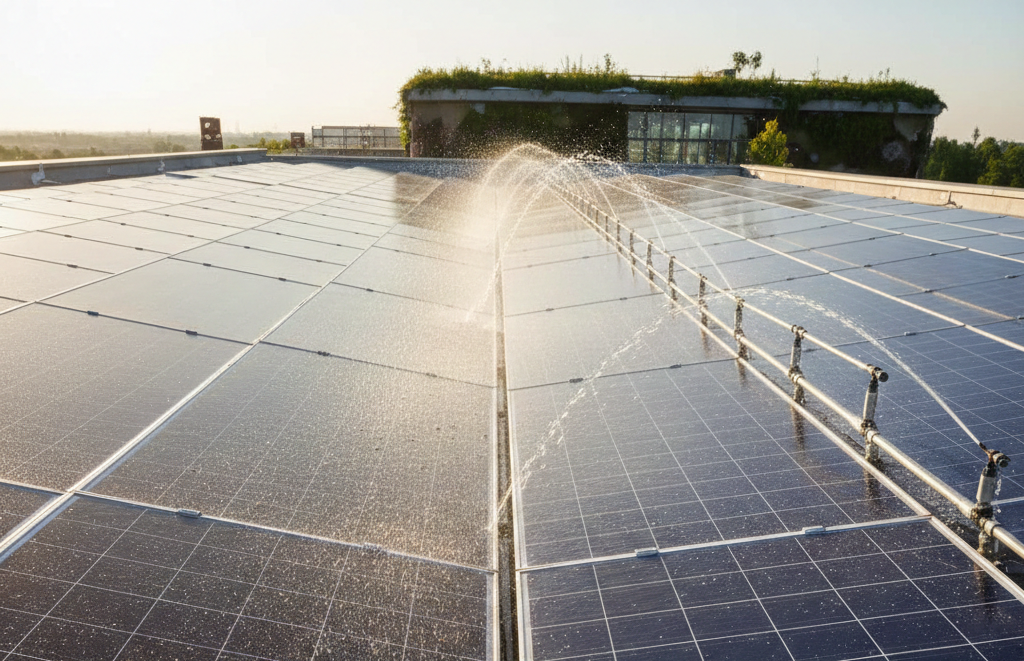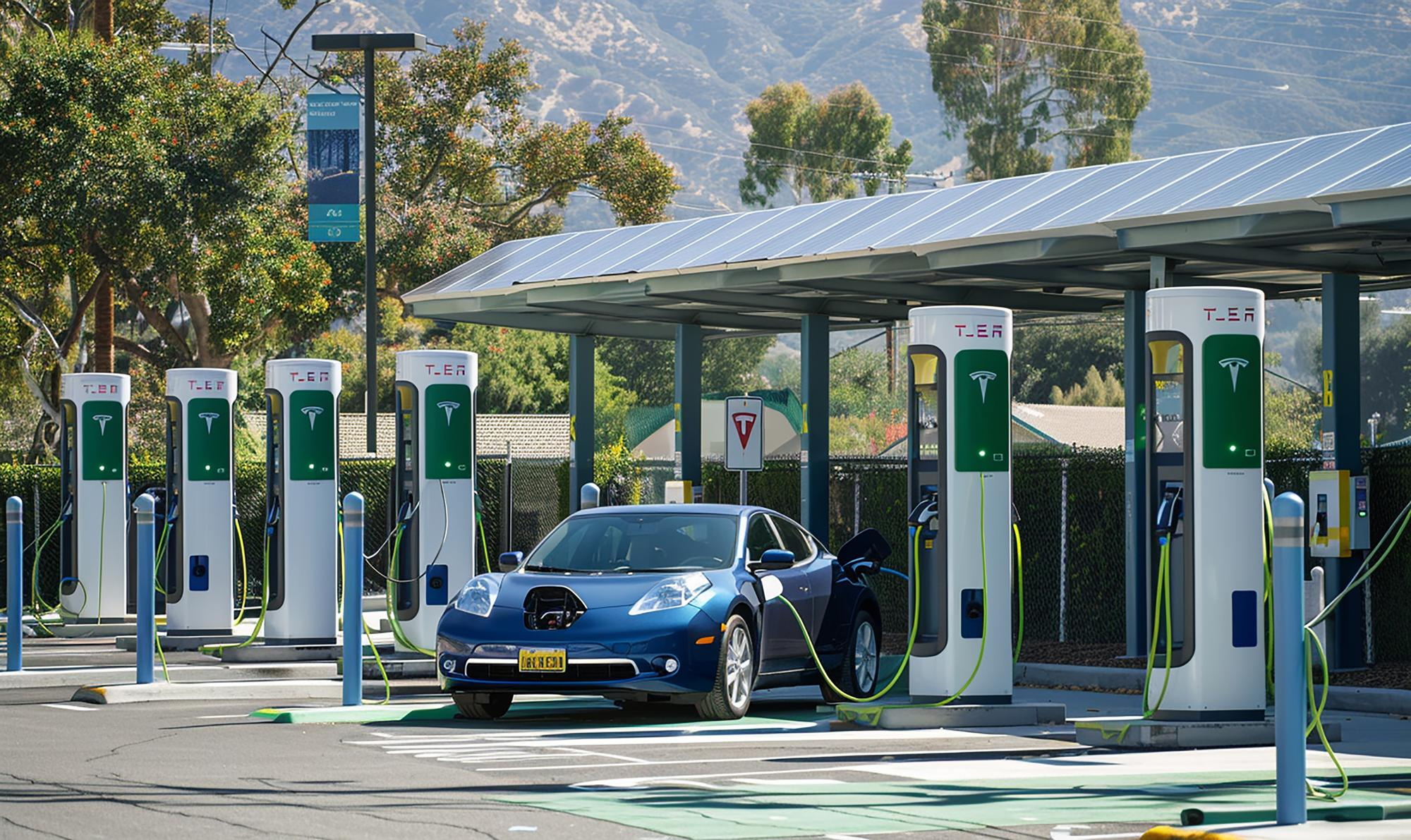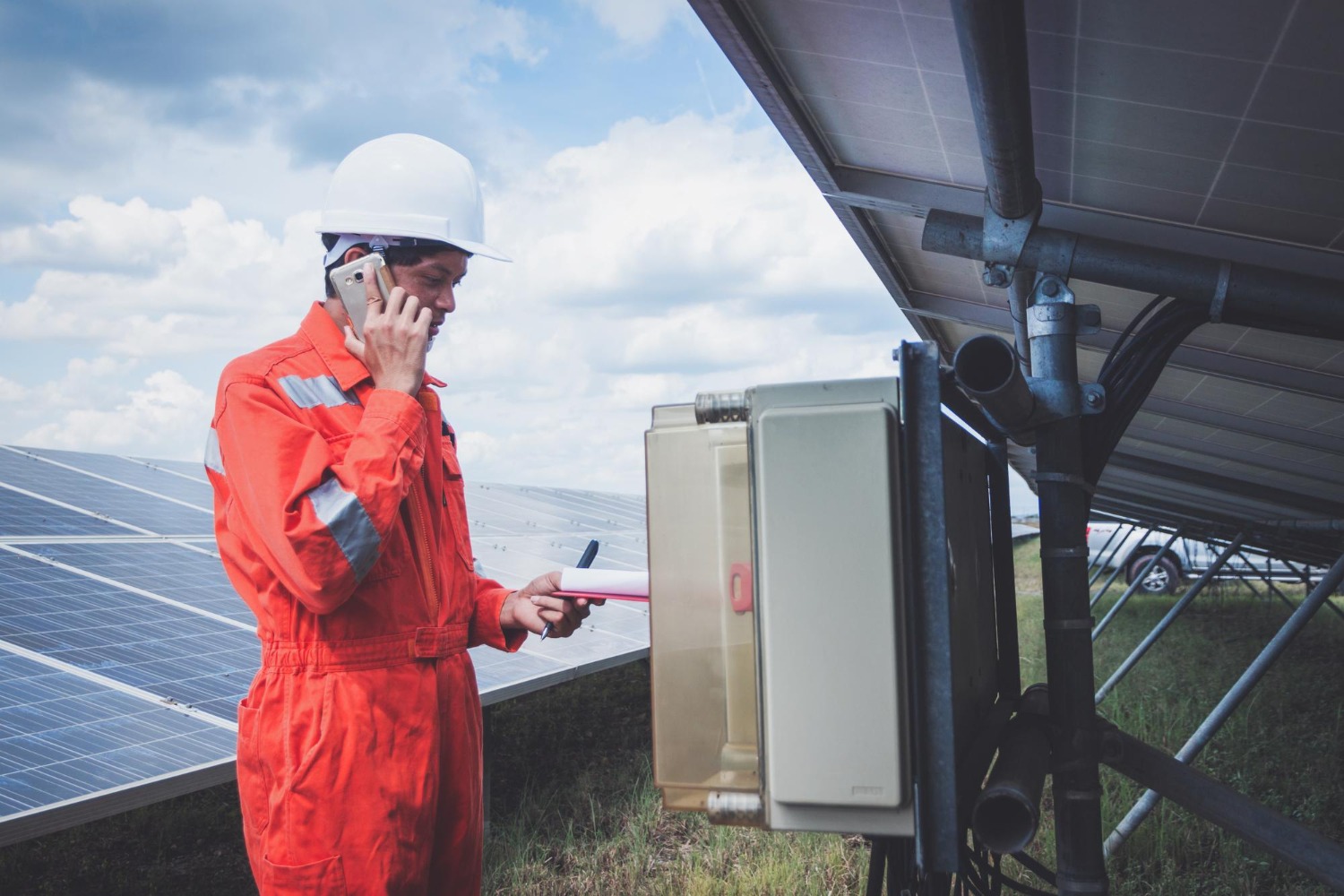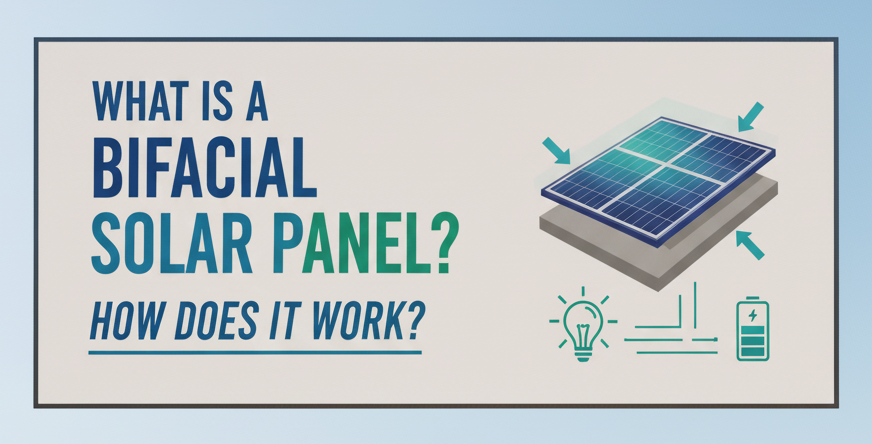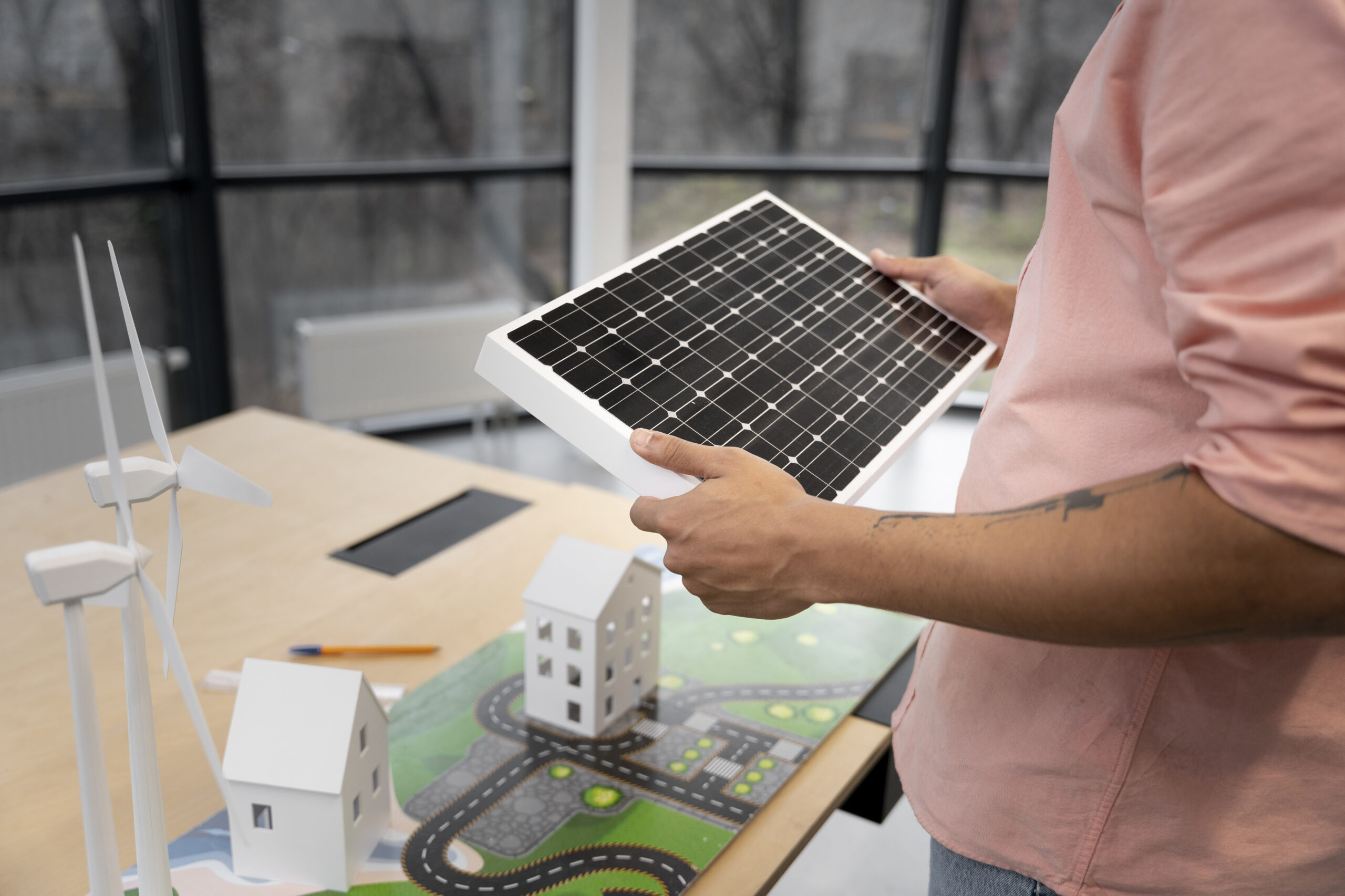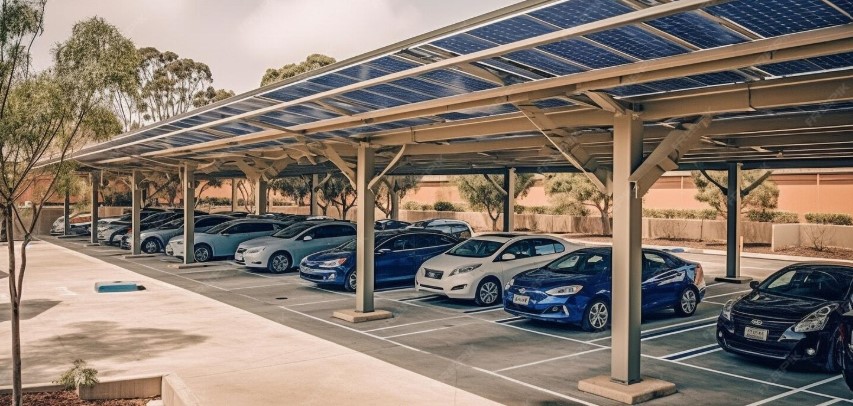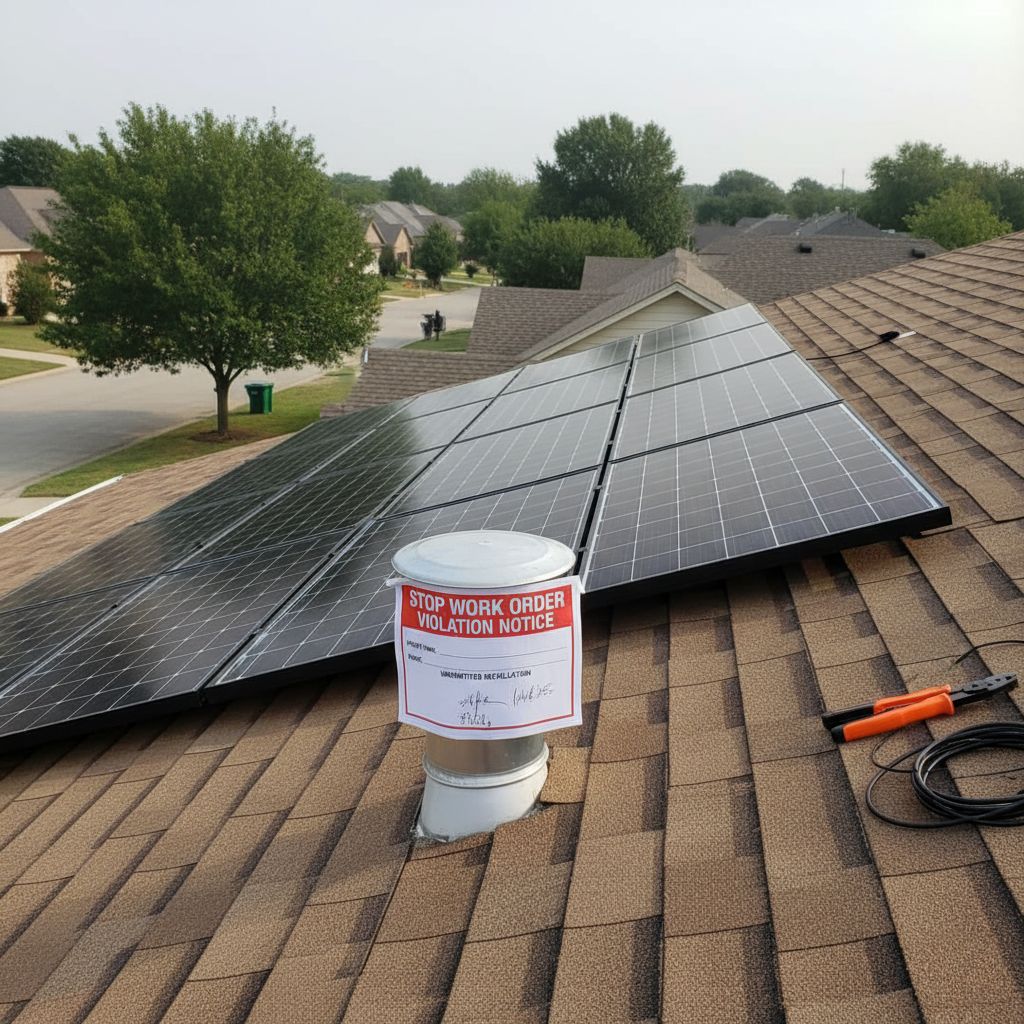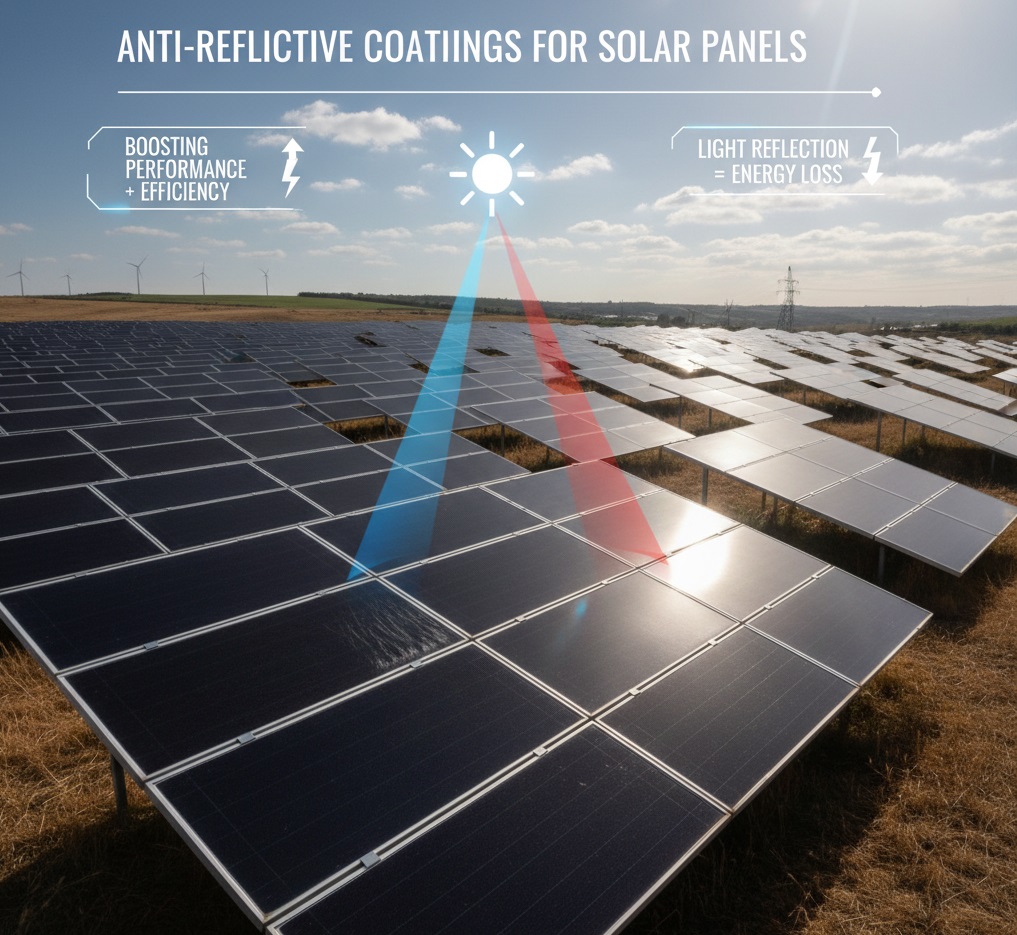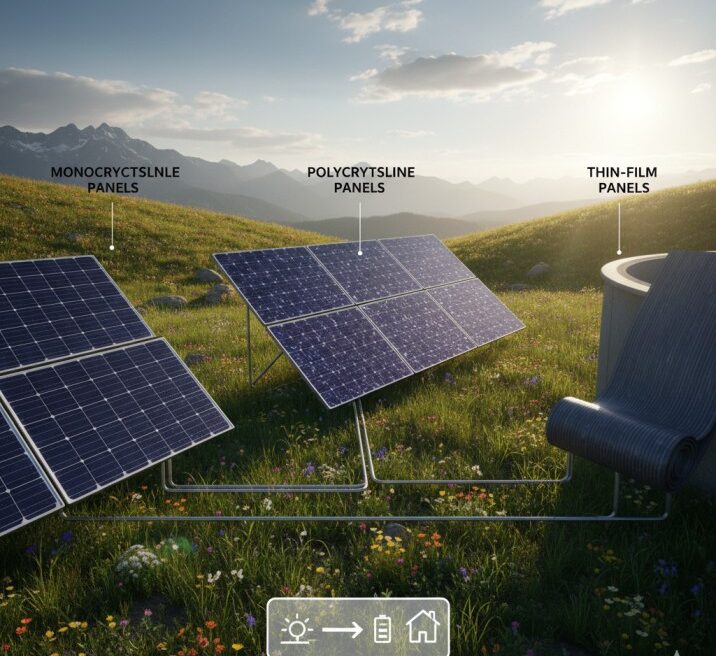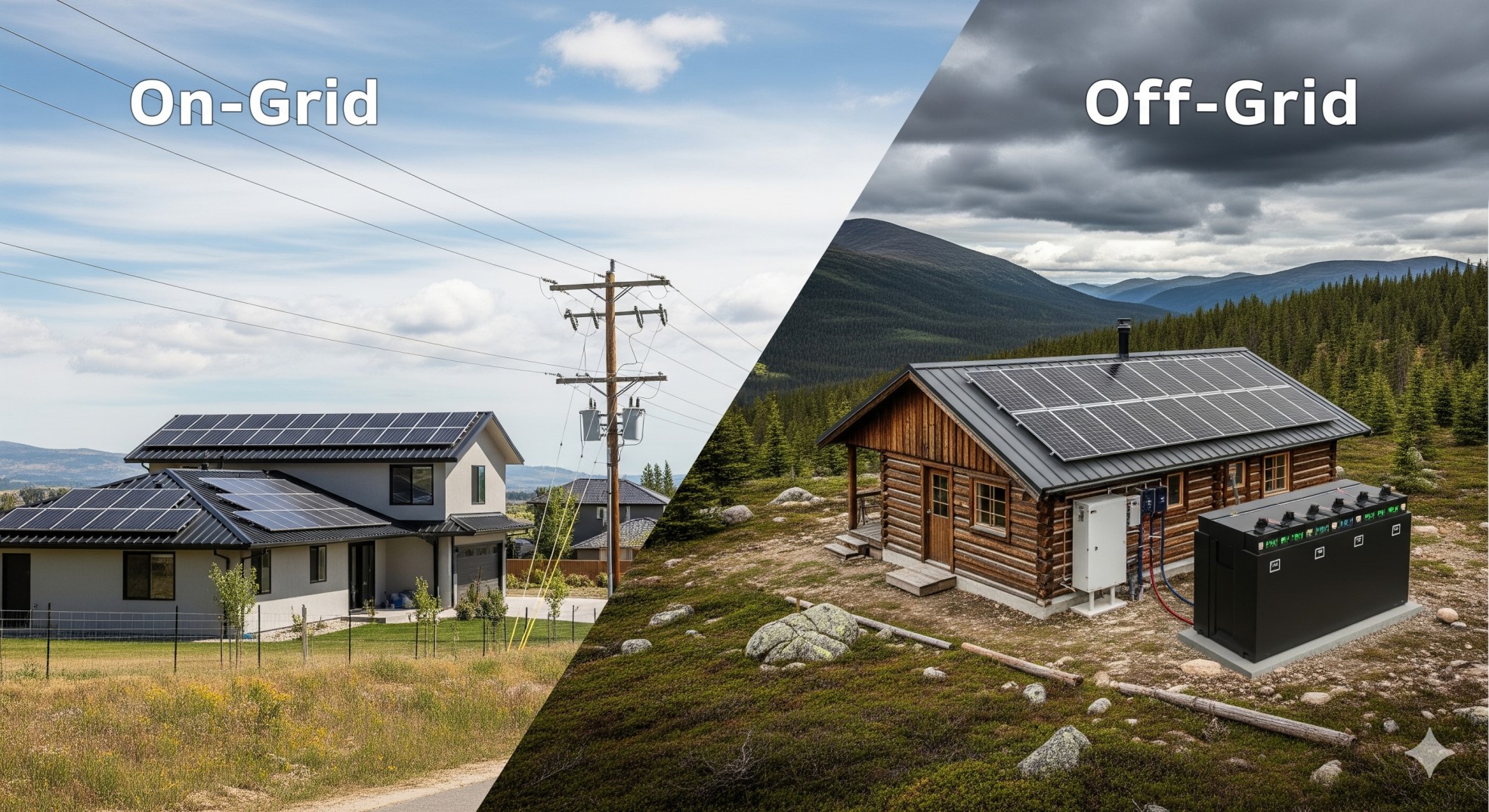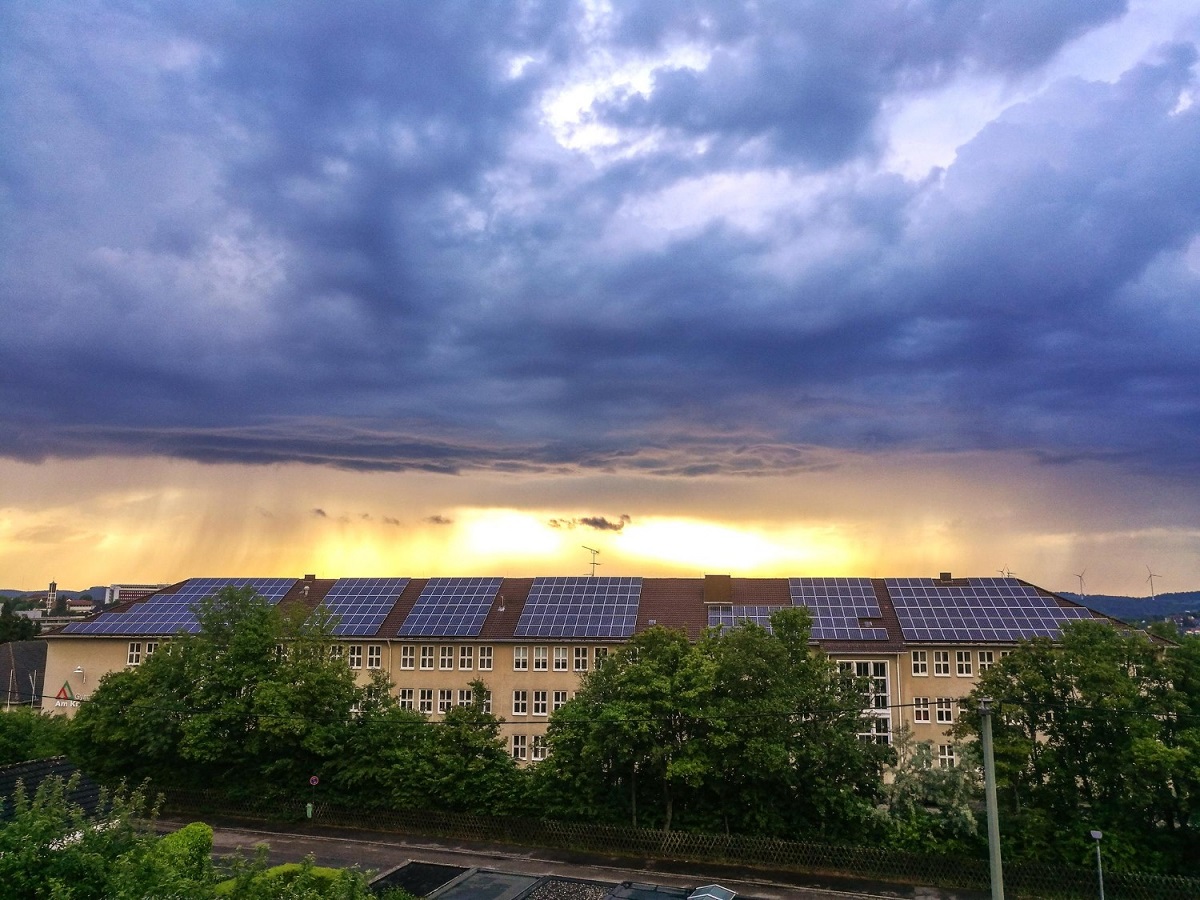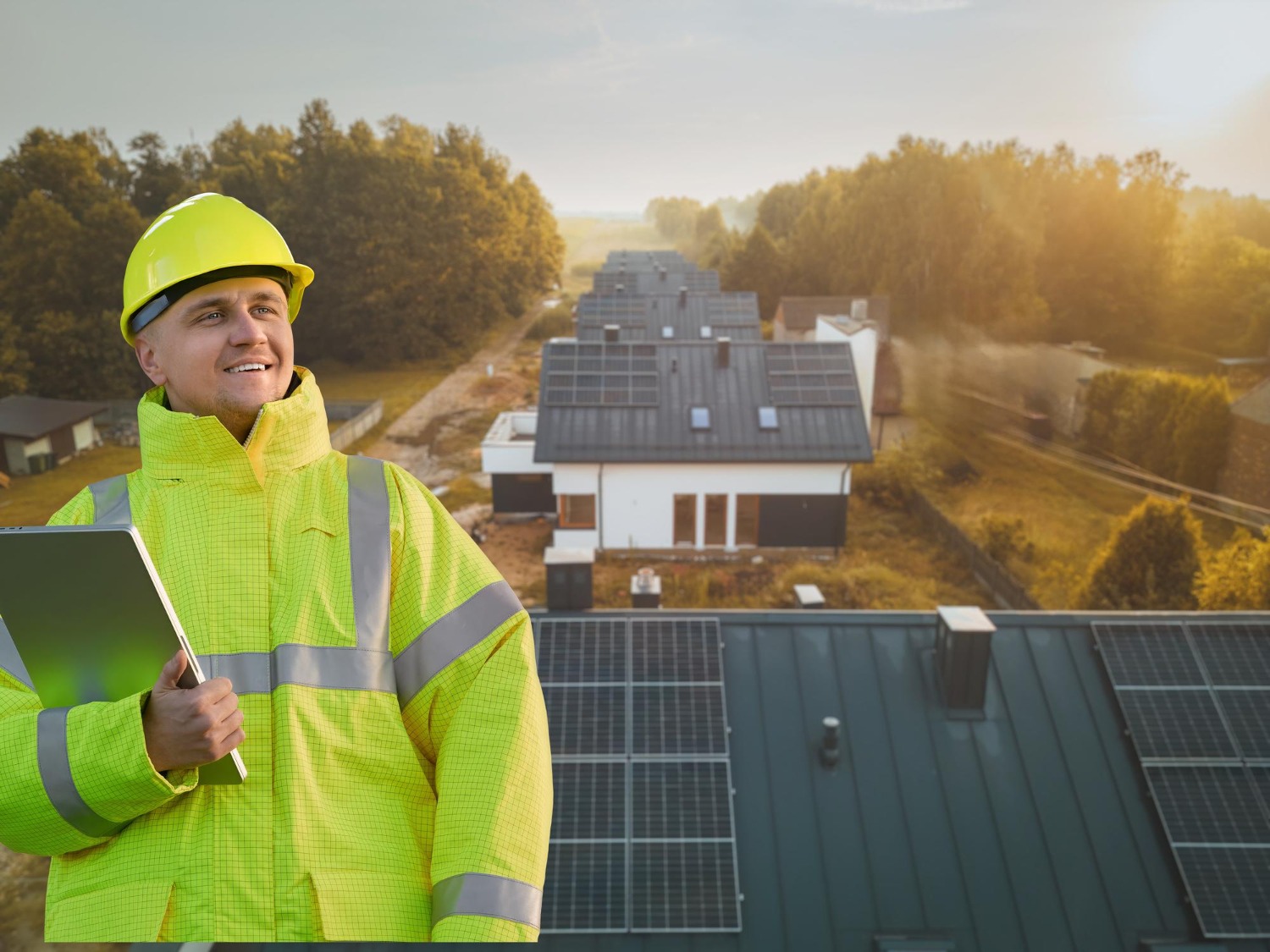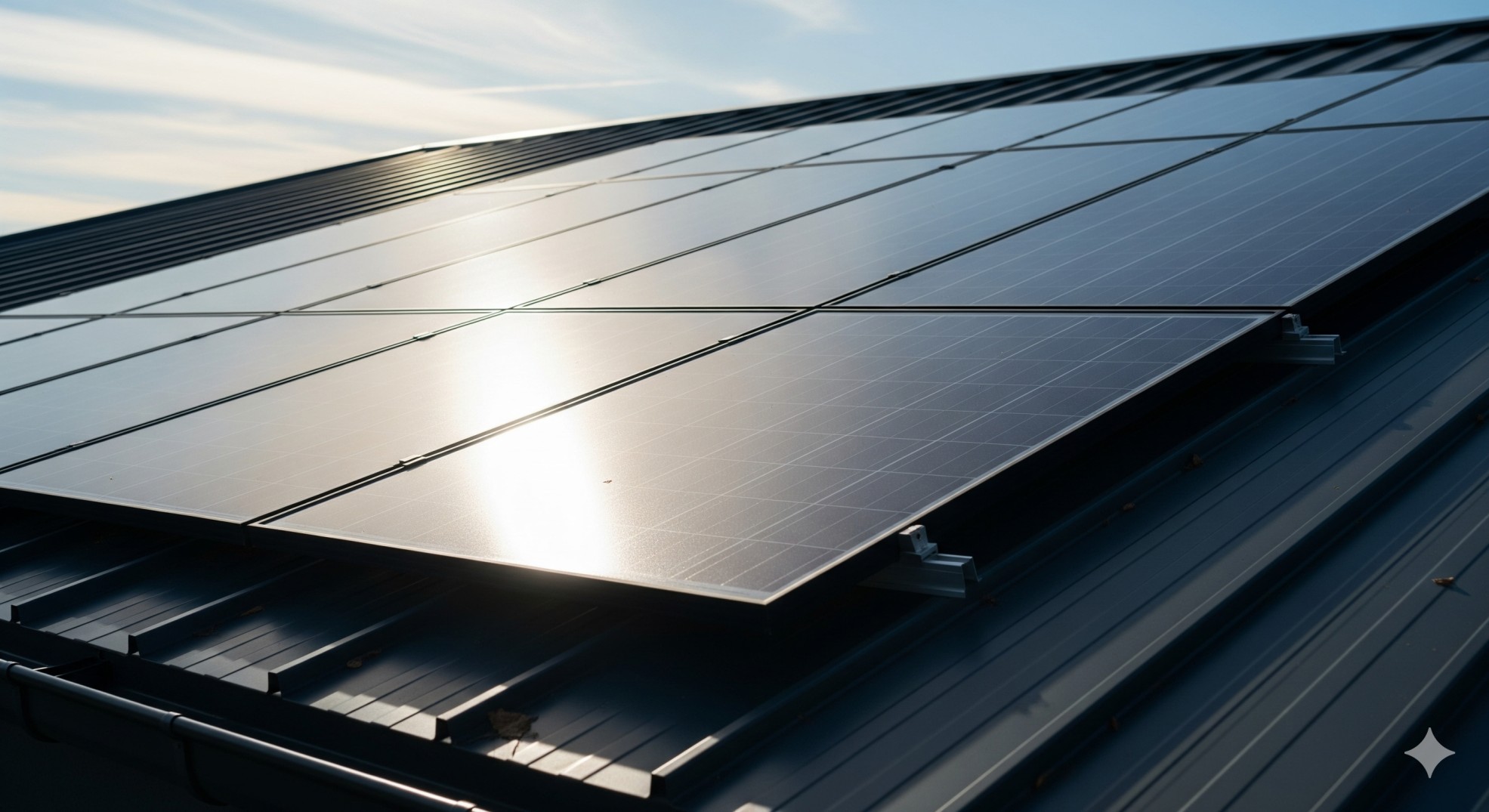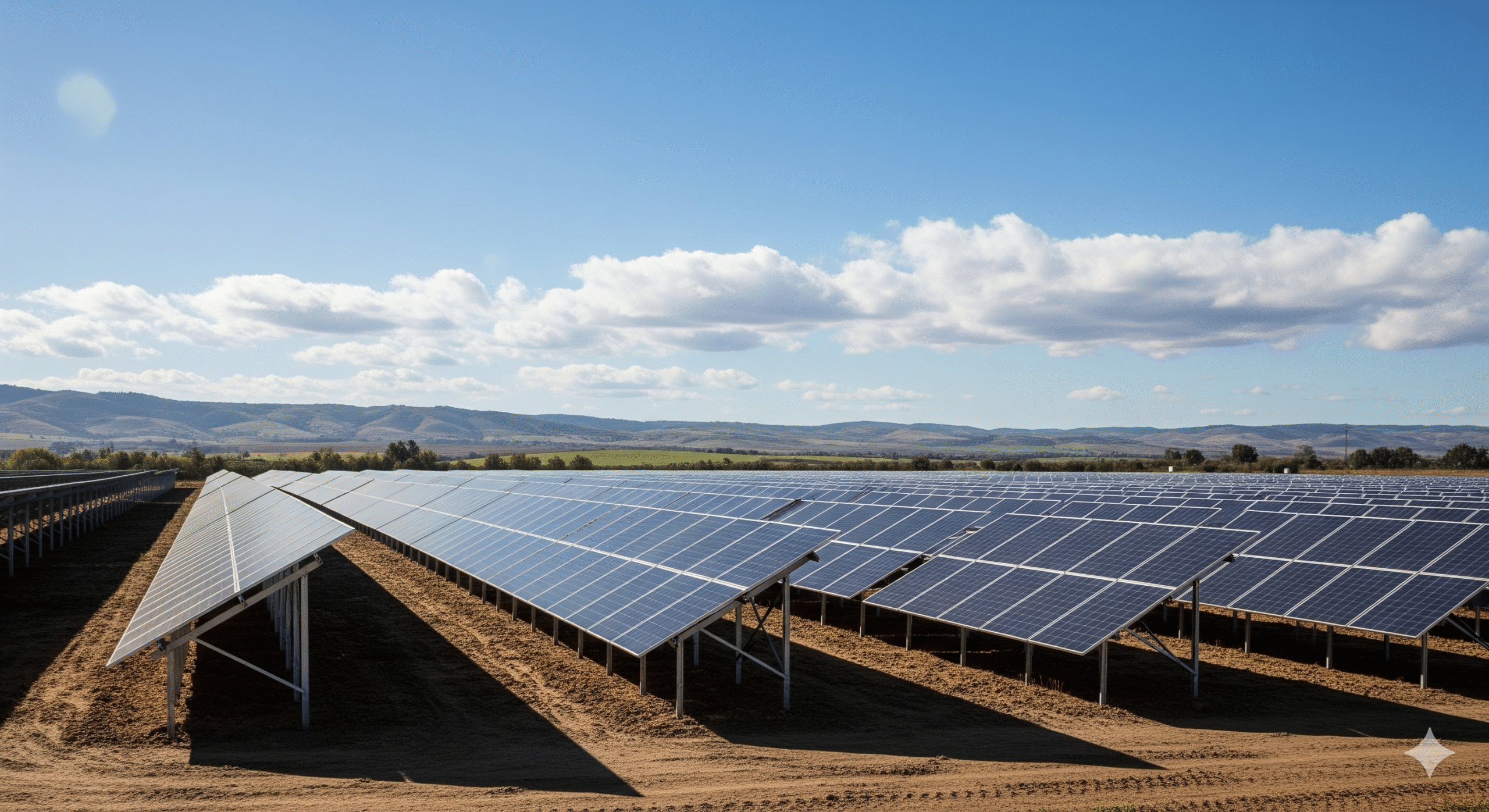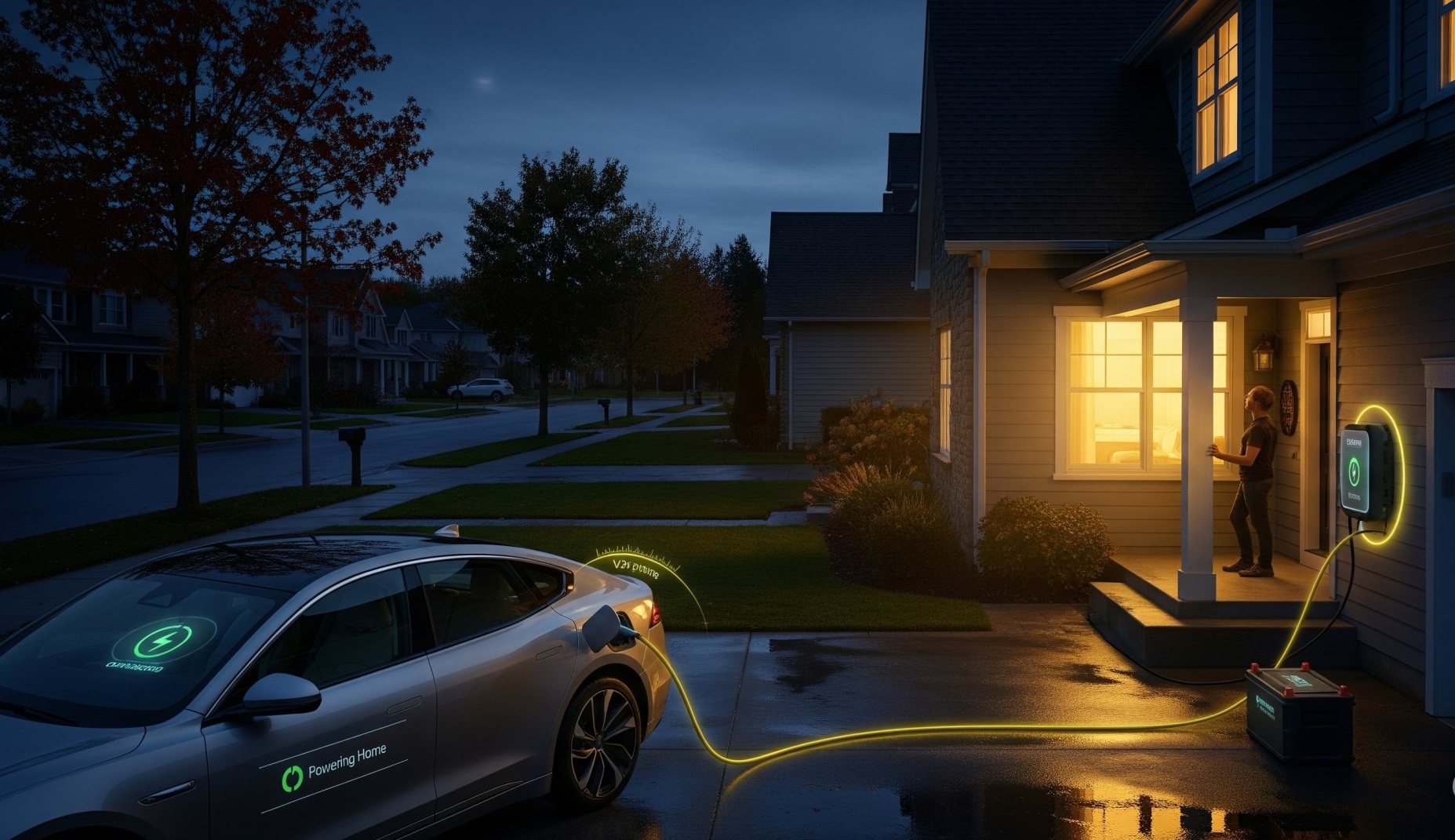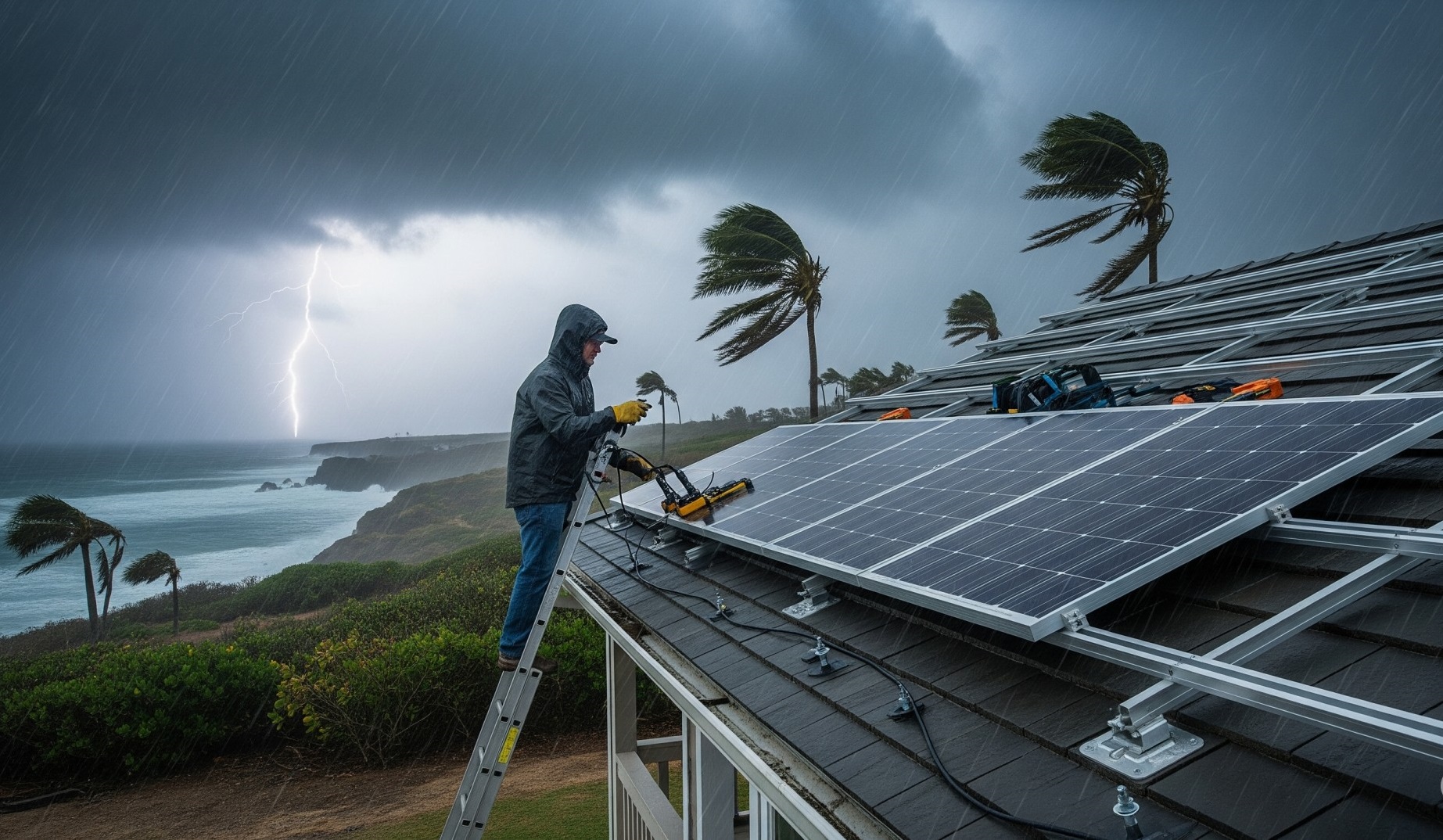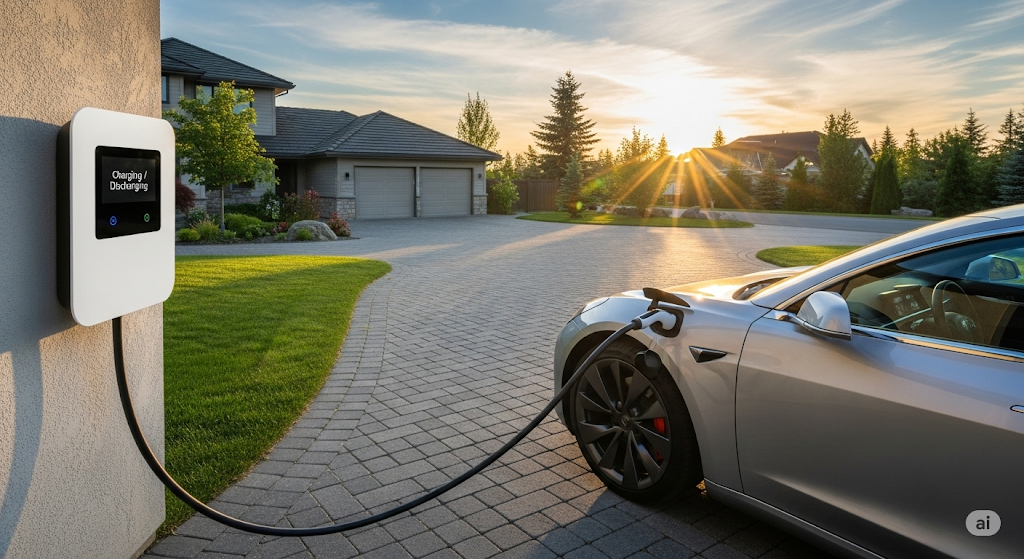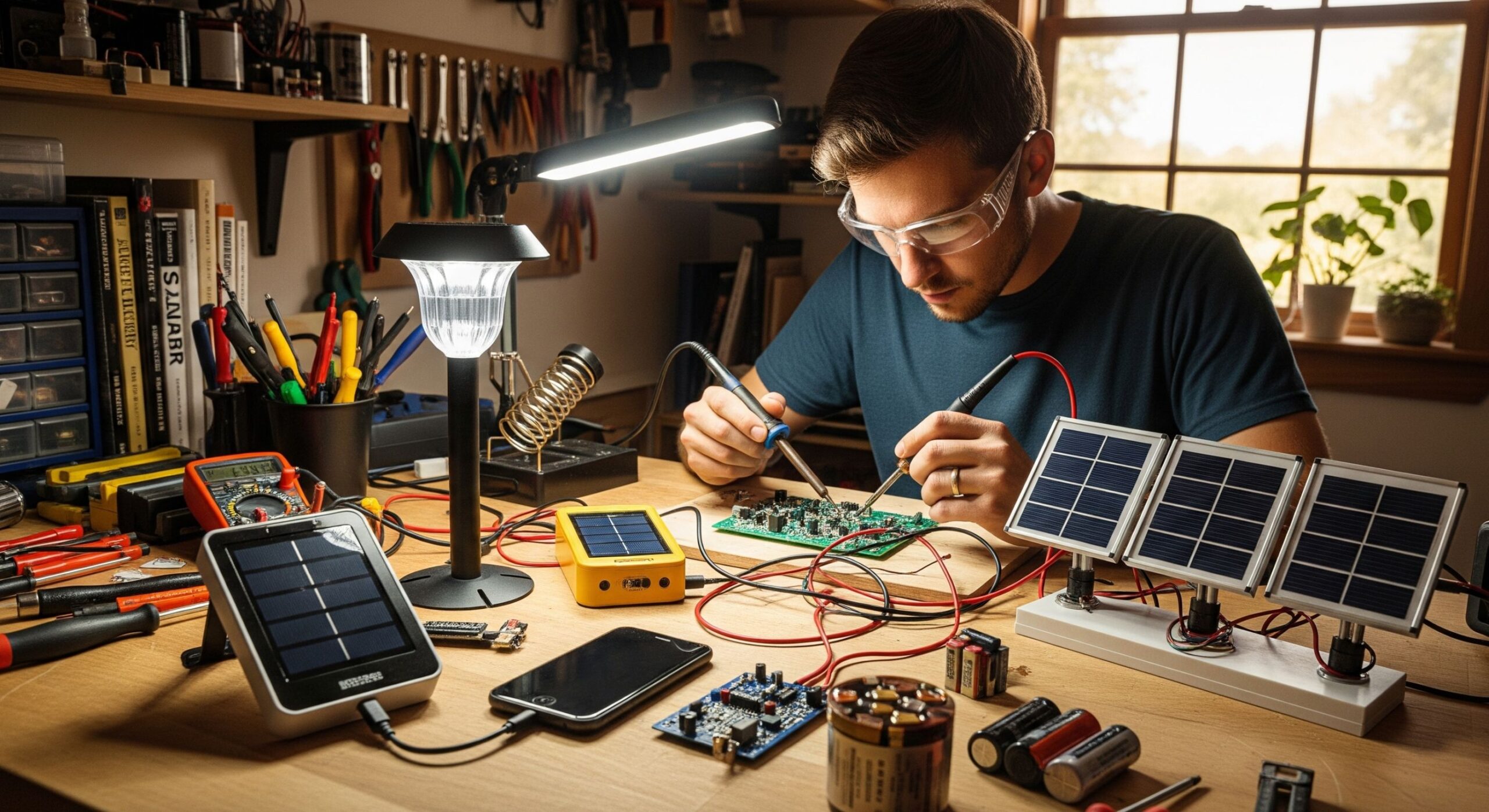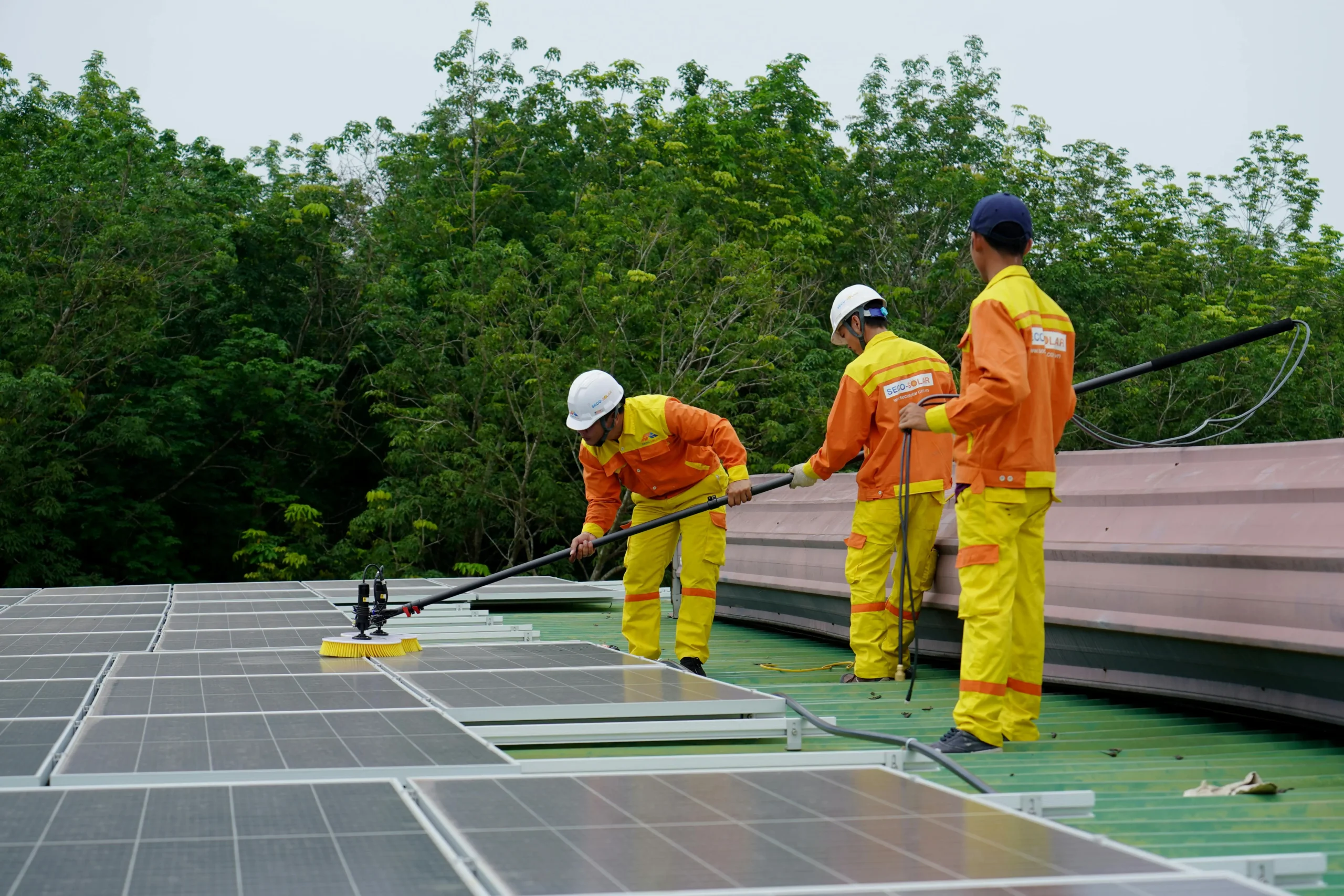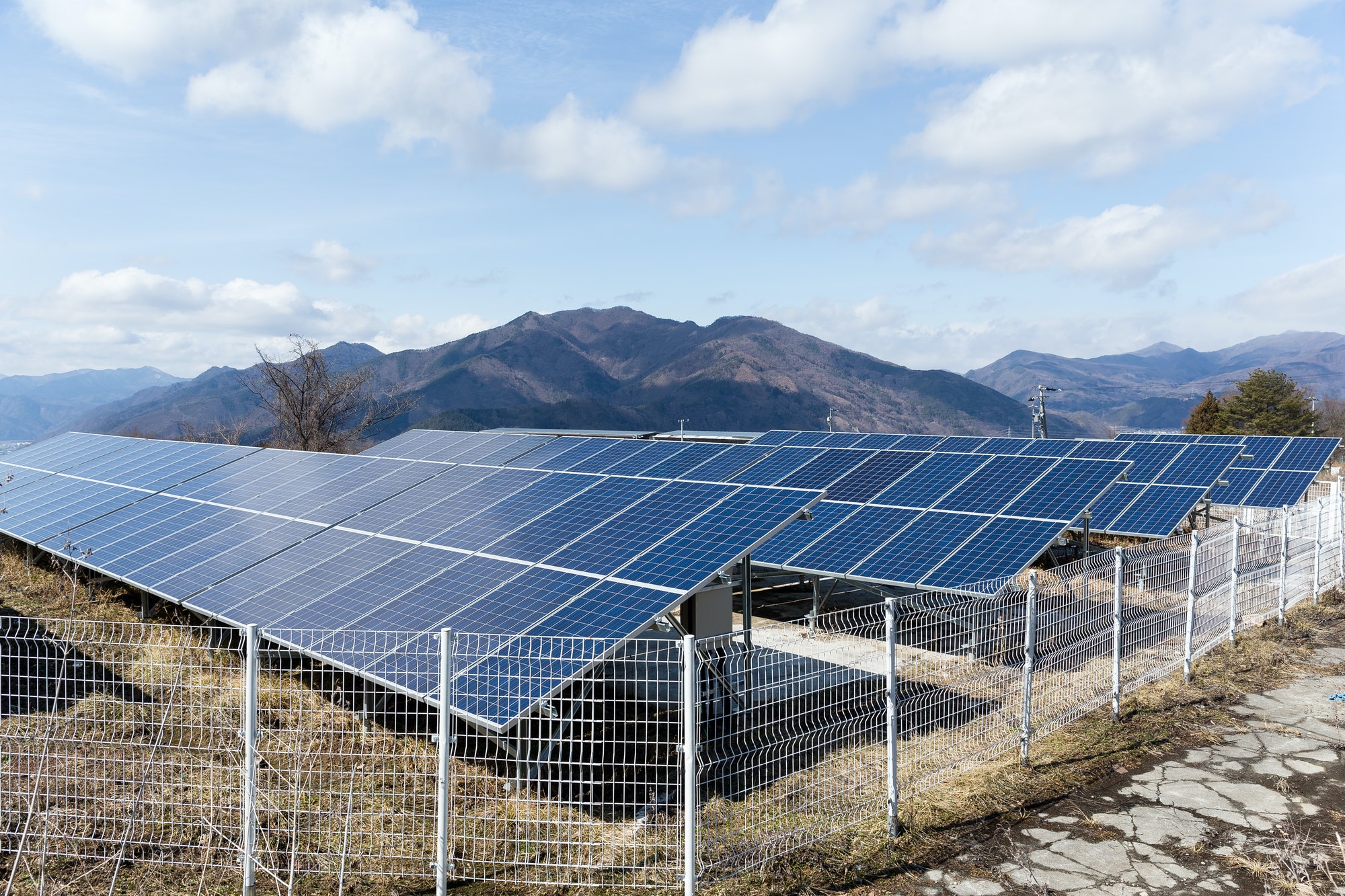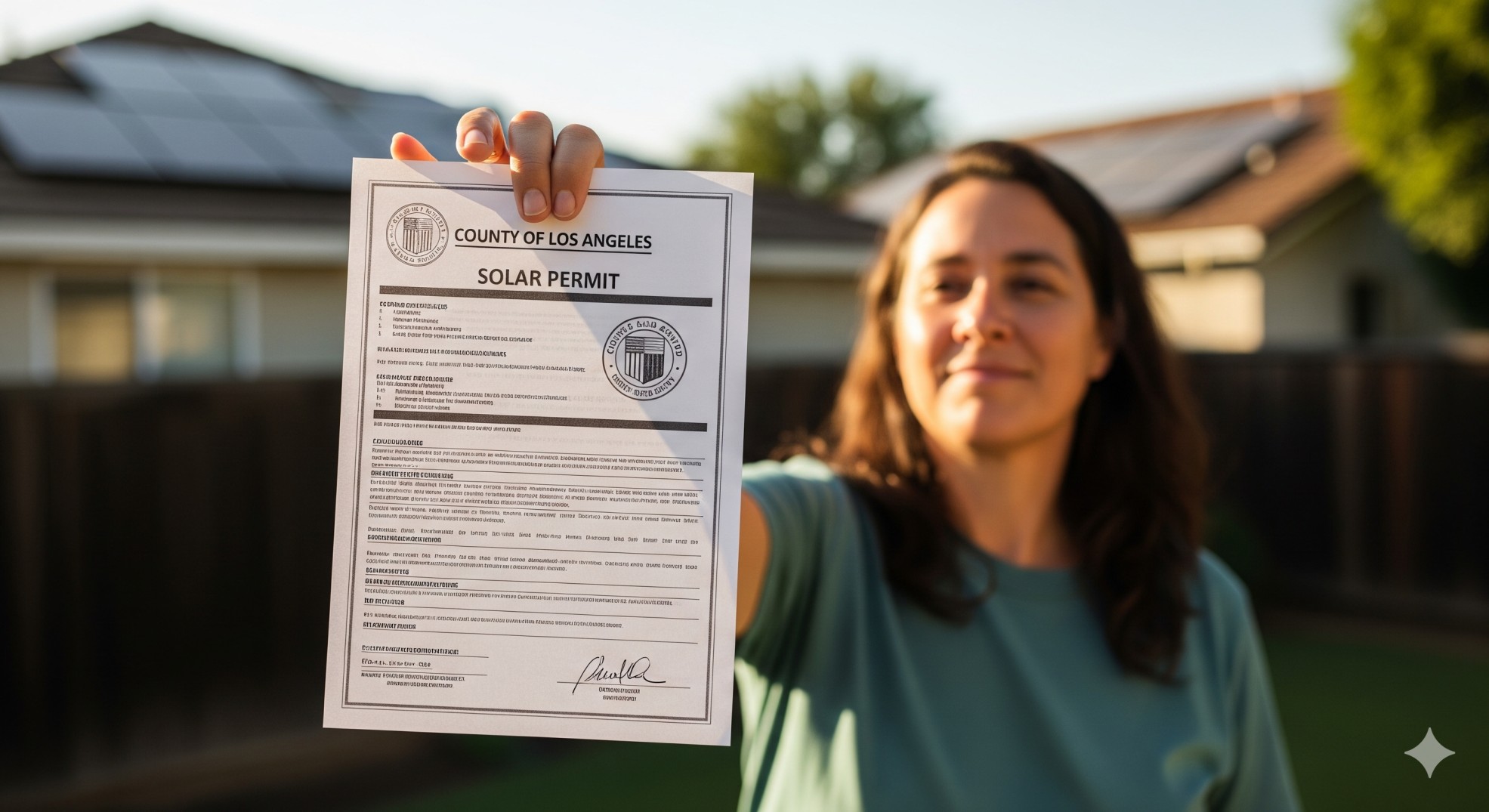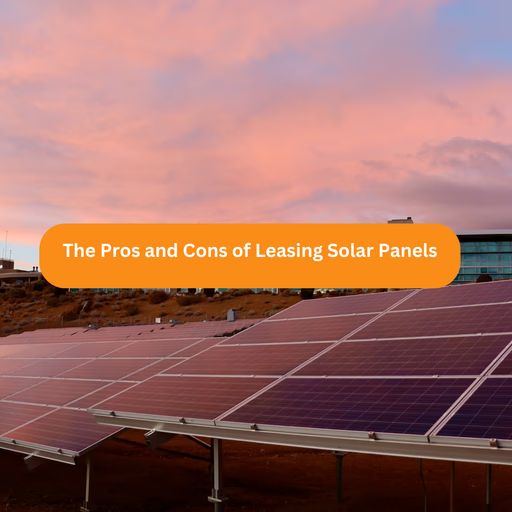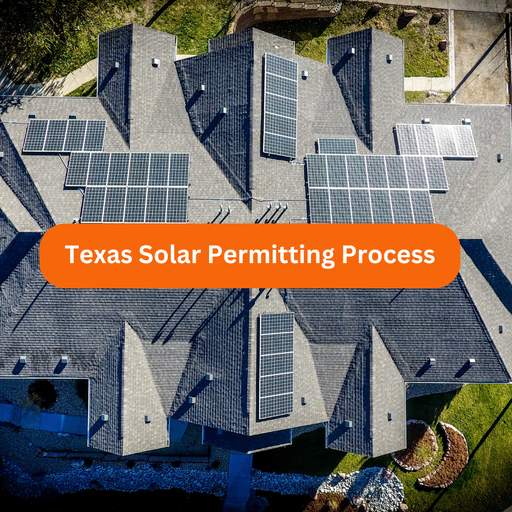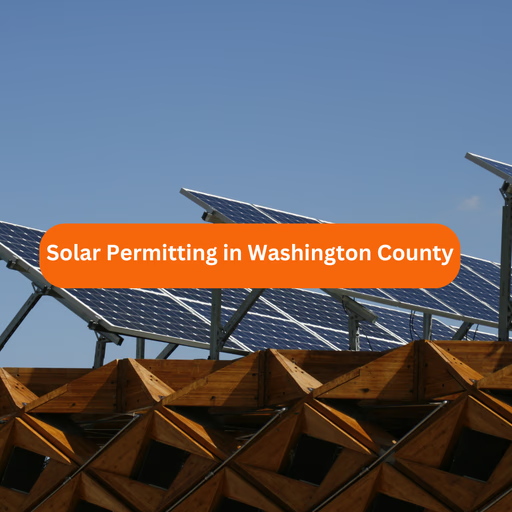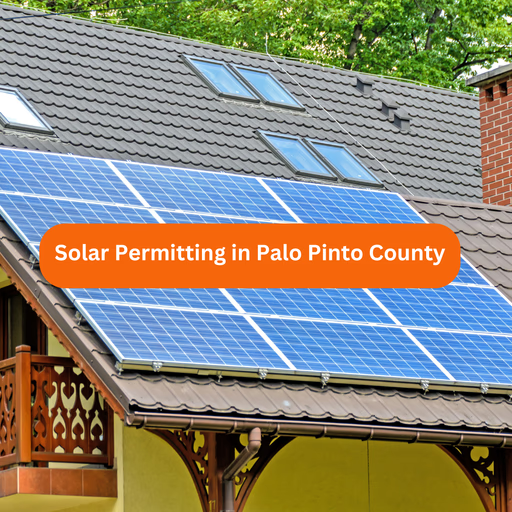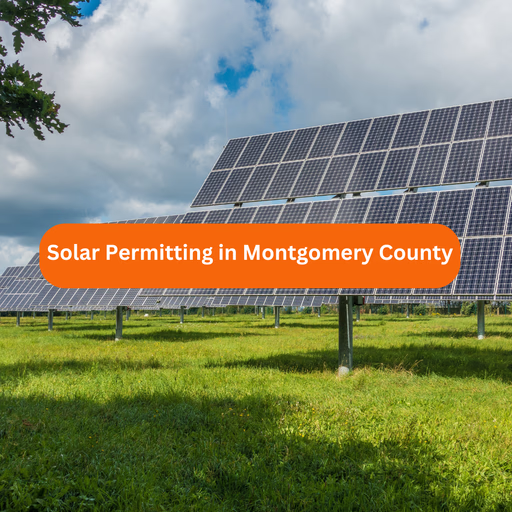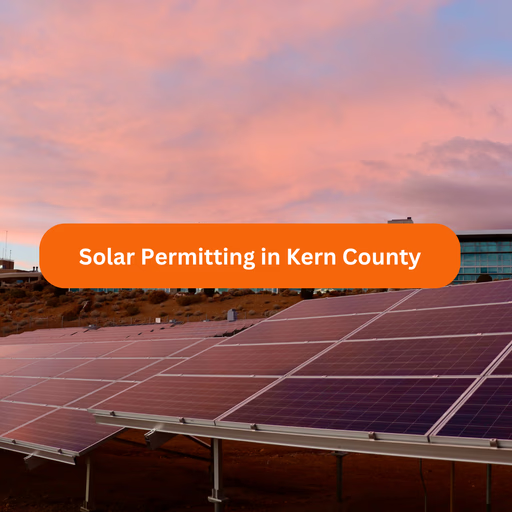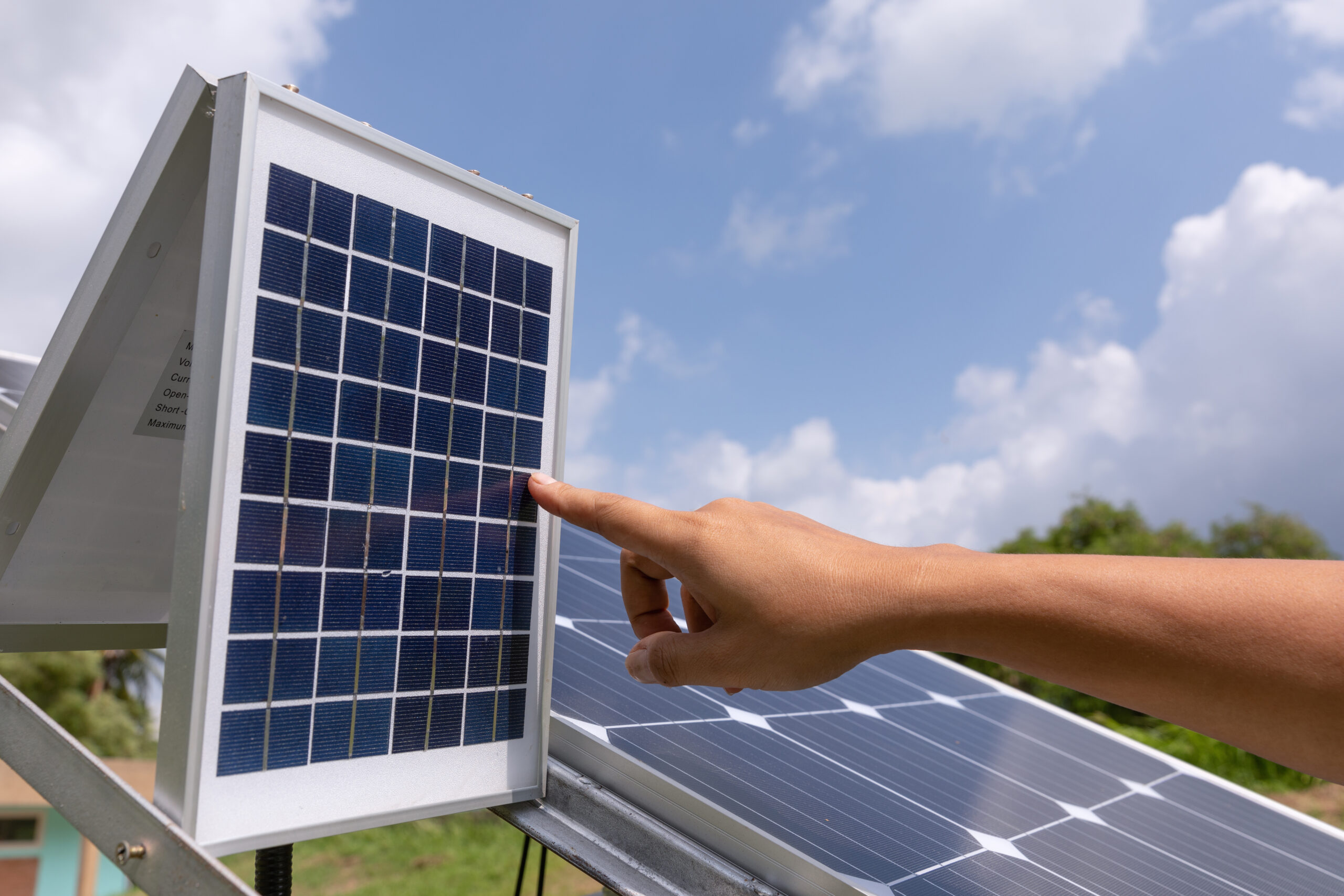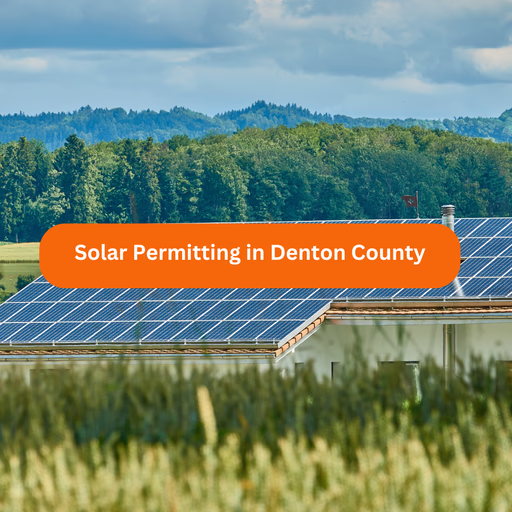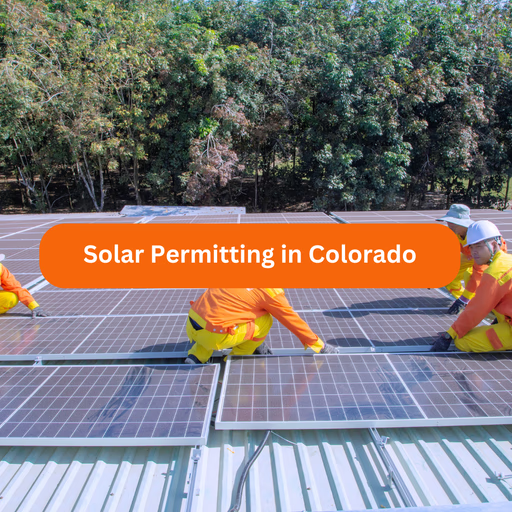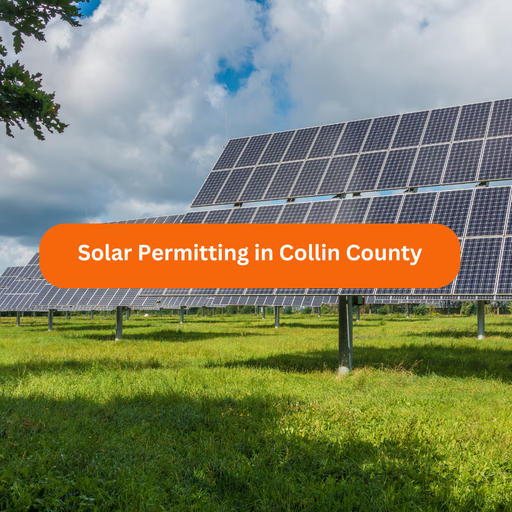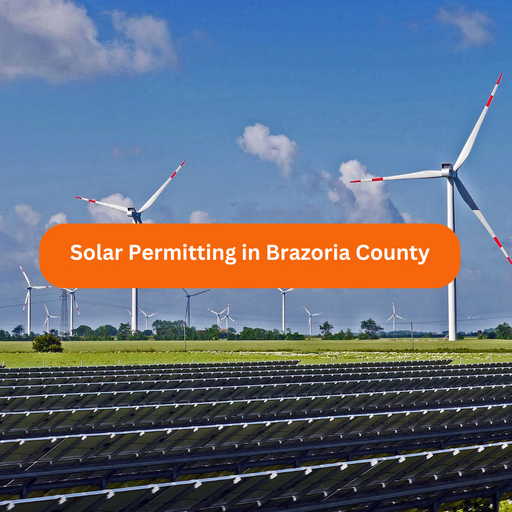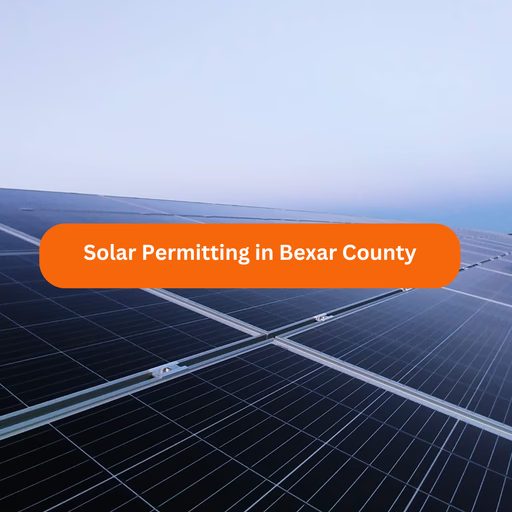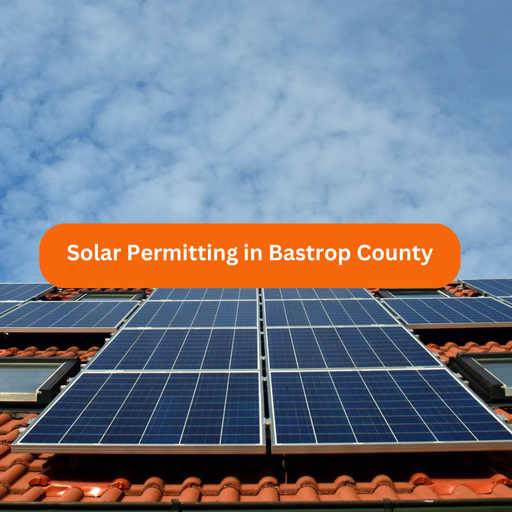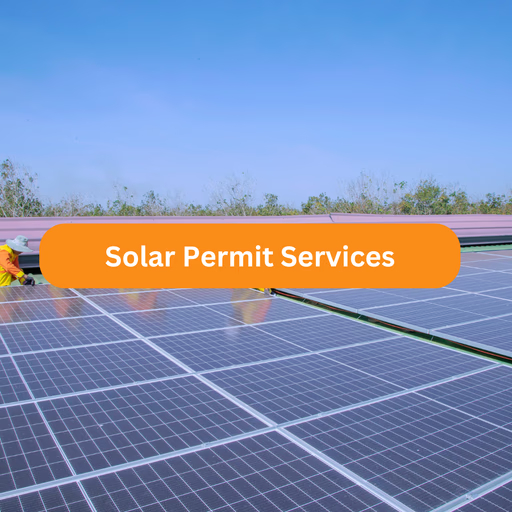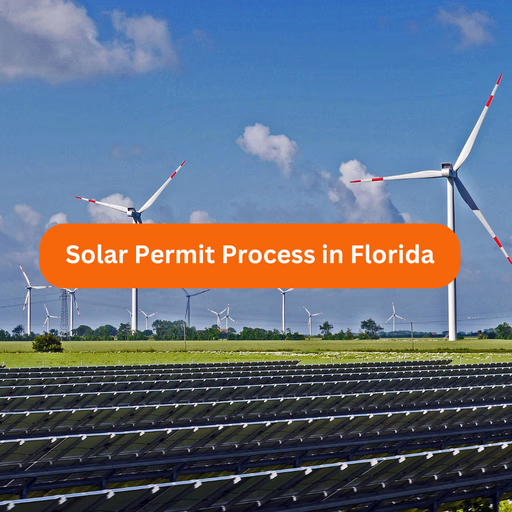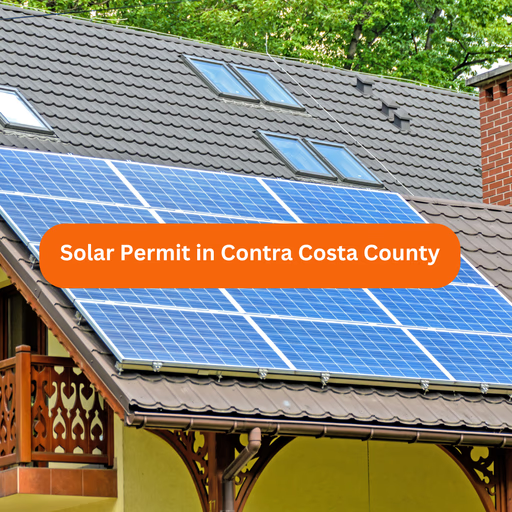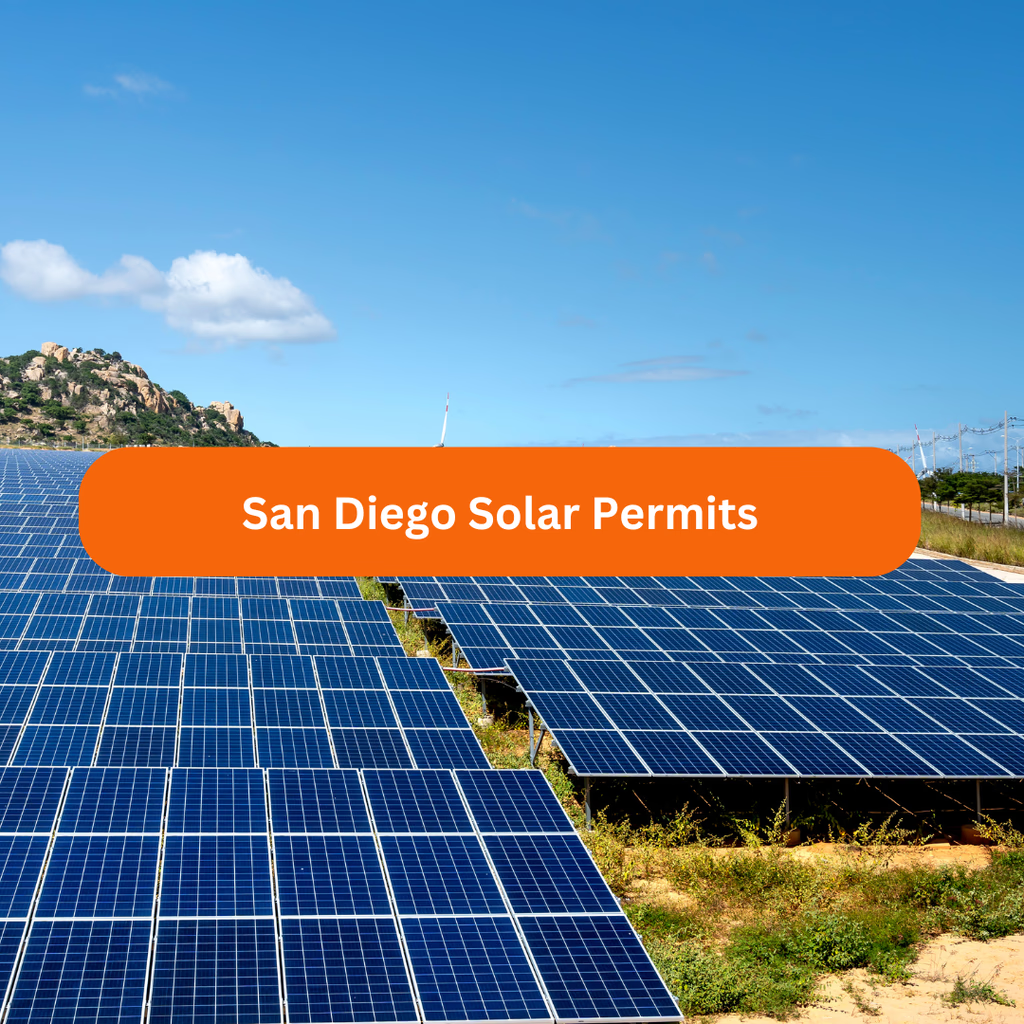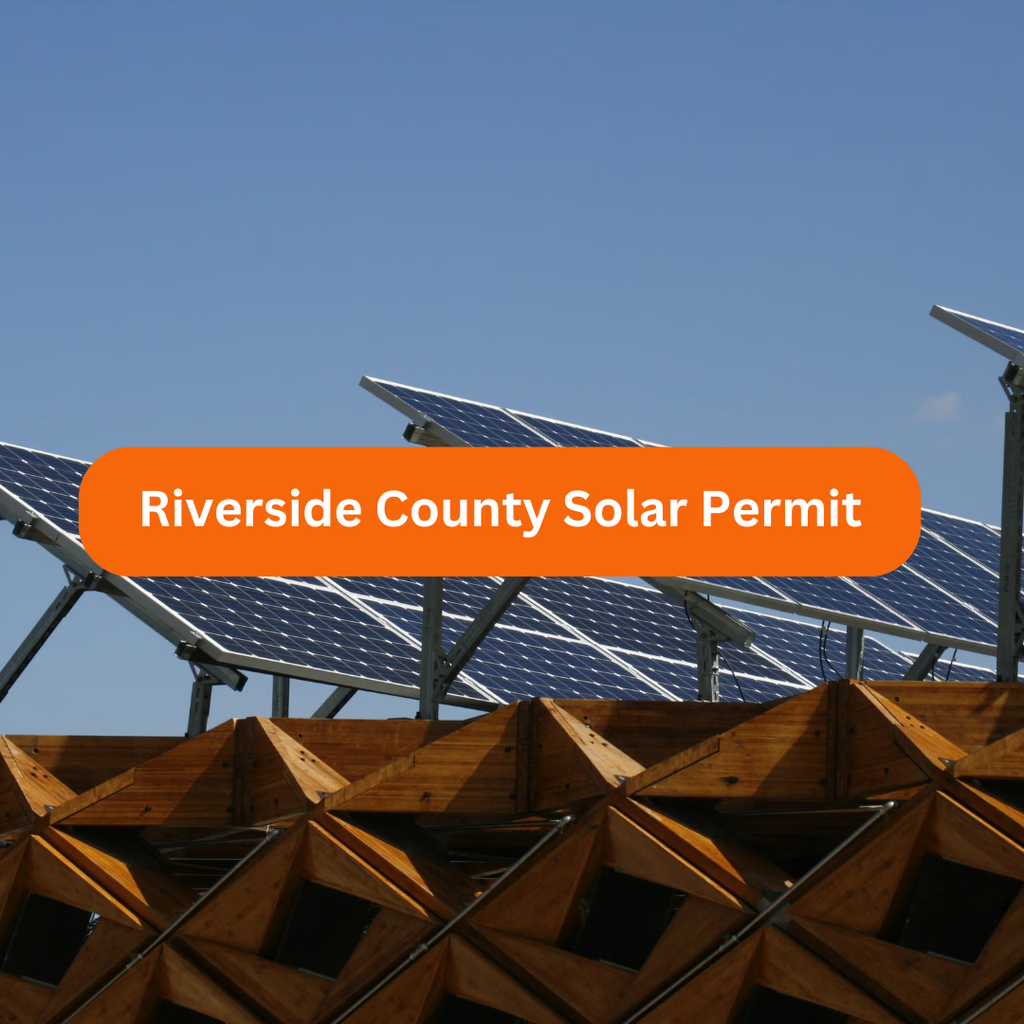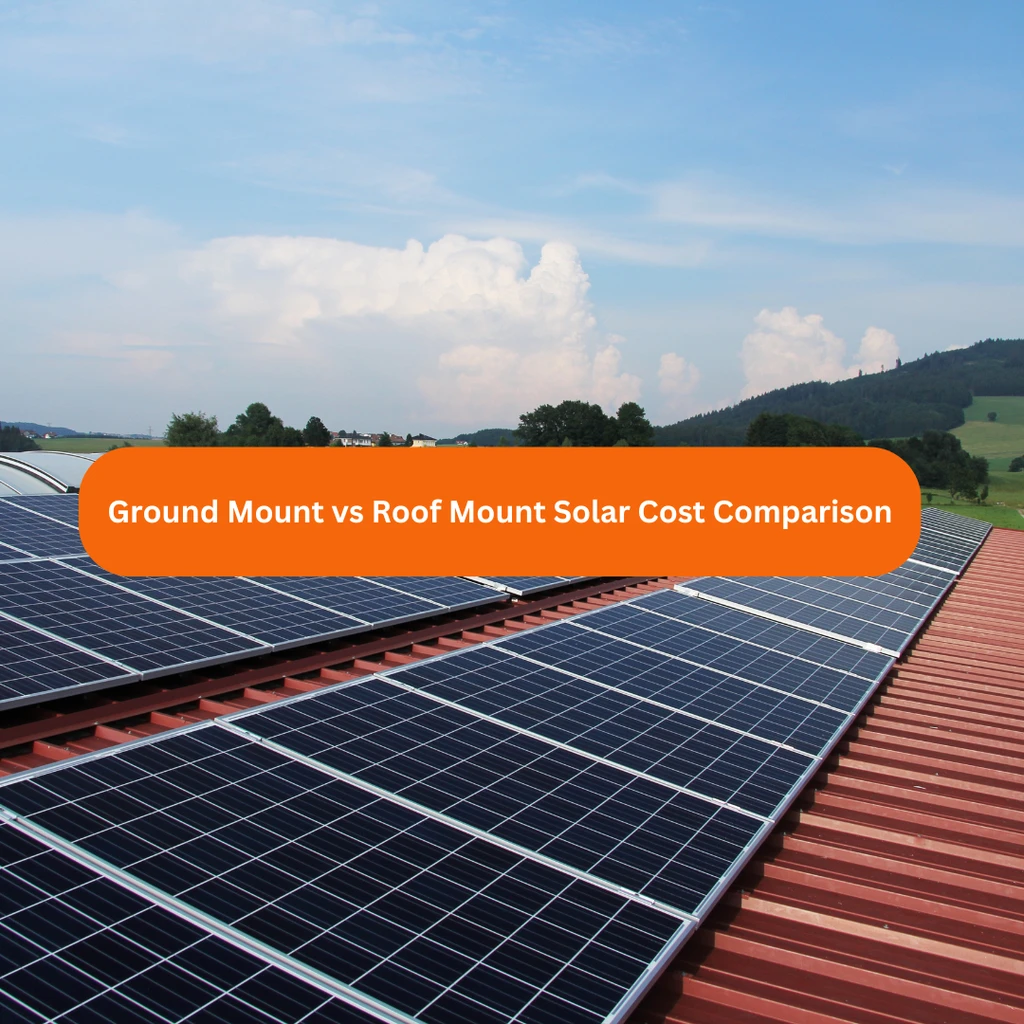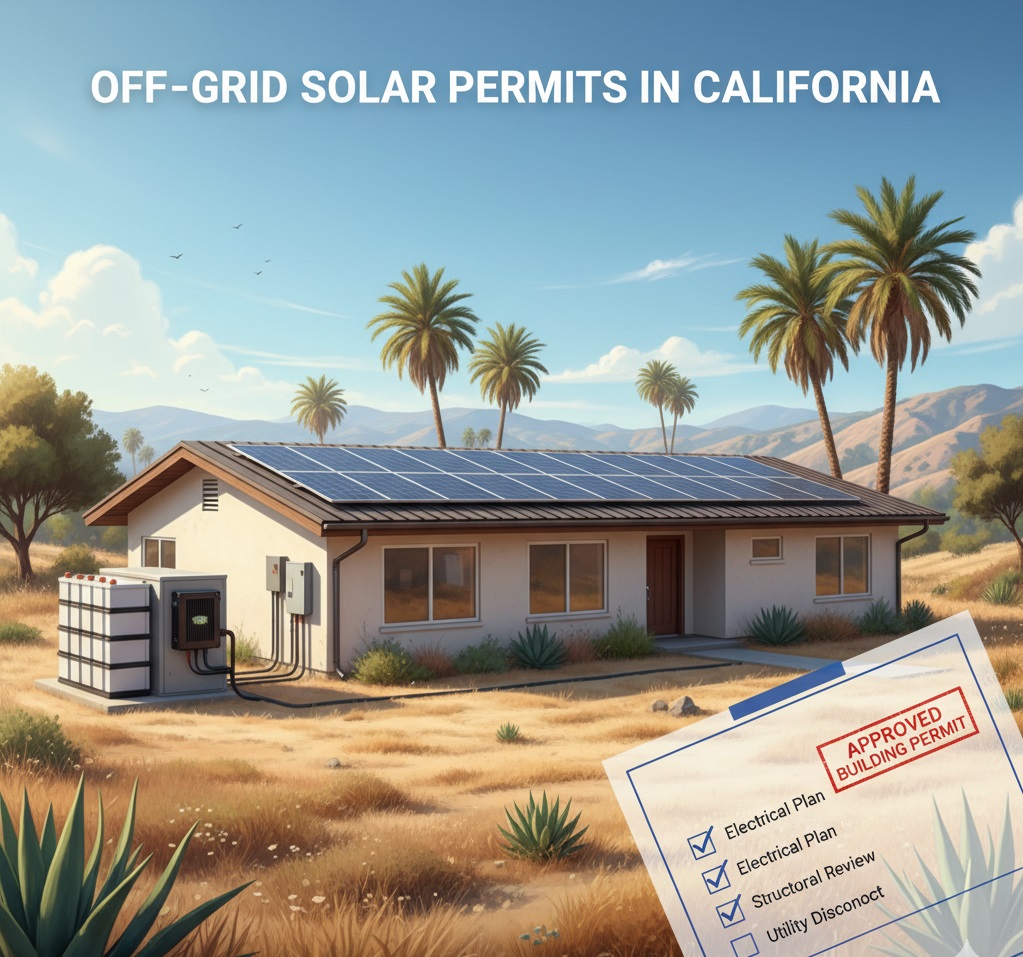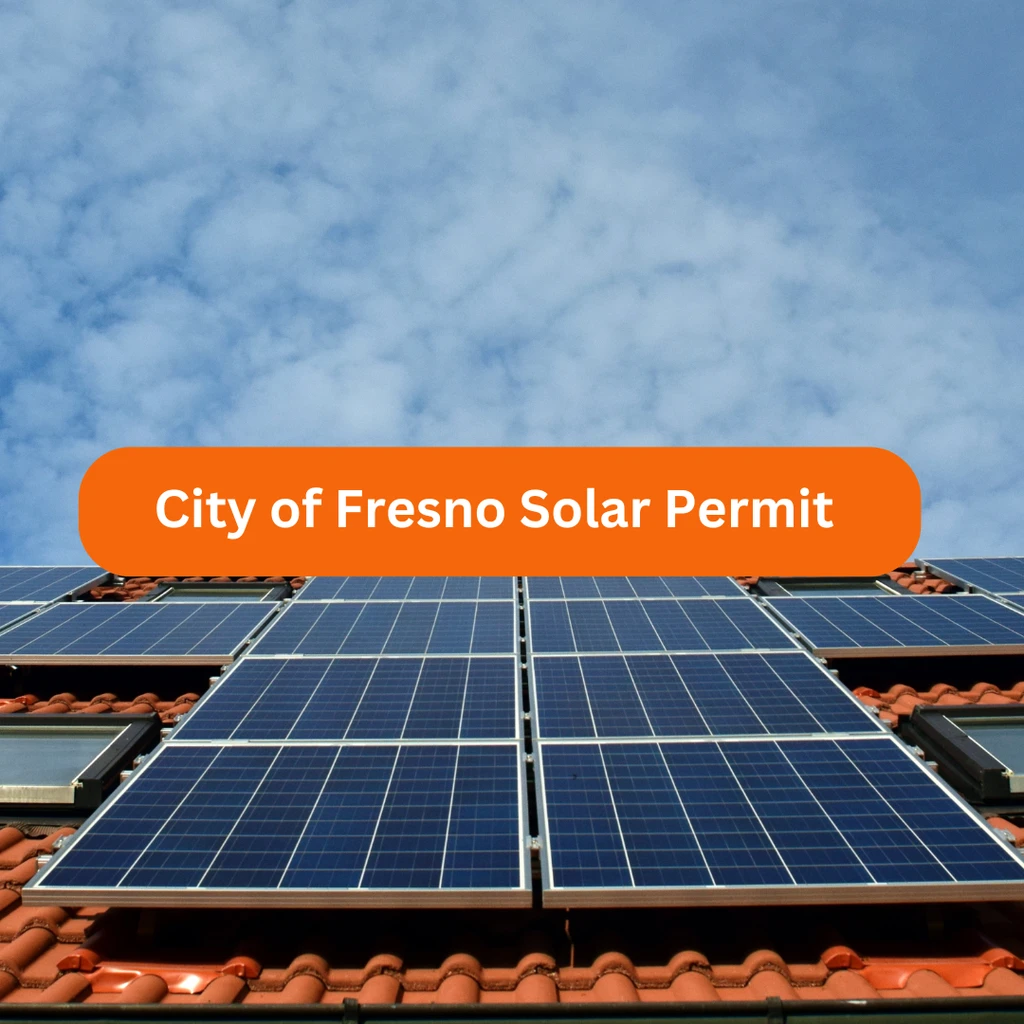As renewable energy continues to grow in popularity, Austin, Texas, stands at the forefront of solar energy adoption. For those looking to install solar panels, navigating the permitting process is an essential part of the journey. Solar permitting ensures that installations are safe, comply with building codes, and integrate seamlessly with the local electrical grid. Understanding the specific permitting process in Austin is crucial for homeowners and businesses alike, ensuring that their solar projects proceed smoothly from start to finish.
Introduction to Solar Permitting in Austin
Austin is a city that has long been committed to sustainability and clean energy. With an increasing number of homeowners and businesses looking to transition to solar power, the city has structured a clear and regulated permitting process to ensure that installations meet all safety standards and legal requirements. Solar permits are required for both residential and commercial solar installations, and they play a vital role in maintaining the integrity of both individual properties and the broader community infrastructure. The goal of the permitting process is to ensure that every solar installation meets local building and electrical codes while also ensuring safe integration into Austin’s grid.
Why is Solar Permitting Necessary?
Solar permitting may seem like a hurdle, but it is a vital part of the solar installation process. It serves several important functions. First and foremost, permits ensure that a solar system complies with local building codes, fire codes, and electrical codes. This is not only a legal requirement but also an essential measure for the safety of the occupants and the general public. The permitting process ensures that the solar panels and related systems are installed correctly and safely, preventing any potential hazards such as electrical fires or structural damage to the home or building.
Additionally, proper permits help integrate the solar system into the electrical grid safely. As Austin is part of the Electric Reliability Council of Texas (ERCOT), ensuring that the grid remains stable and functional is paramount. Permitting verifies that the system meets the necessary requirements to avoid overloading the grid or causing malfunctions. It also ensures that the solar installation is aligned with other local codes, such as zoning laws and environmental regulations, which can vary depending on the location and the type of property.
Austin’s Solar Permit Process: A Step-by-Step Guide
The process of obtaining a solar permit in Austin may seem intimidating, but with a clear understanding of each step, homeowners and businesses can navigate the system effectively. Below is a detailed, step-by-step guide to help you understand the solar permitting process in Austin, from initial planning to final approval and connection to the grid.
Step 1: Pre-Permitting Phase: Assessing Feasibility
Before you begin the formal permitting process, you’ll want to evaluate the feasibility of installing solar panels on your property. This phase is crucial for ensuring that your property is suitable for solar installation.
- Evaluate Your Property’s Solar Potential: Determine whether your roof has enough sunlight exposure to make solar energy viable. Factors like shading from trees or surrounding buildings, roof angle, and the direction your roof faces all impact solar energy production.
- Work with a Licensed Solar Contractor: It’s important to hire a licensed solar contractor who can assess your site and provide a customized solar energy solution. The contractor will perform an energy audit, evaluate your roof’s structural integrity, and estimate the appropriate size for your solar system based on your energy consumption.
- Roof Condition and Structure: The contractor will assess the condition of your roof and determine if any upgrades are necessary to support the weight of the solar panels. Roofs that are old, damaged, or have structural issues may need repairs or reinforcements.
- Determine Energy Needs: Your contractor will also calculate your energy needs based on your electricity usage history. This will help in designing a system that matches your consumption while potentially leaving room for future growth.
- Consider Environmental and Zoning Restrictions: If your property is located in a historic district, an area with strict zoning laws, or a neighborhood with a homeowners’ association, you’ll need to check if any additional permits or restrictions apply before you move forward with the installation.
Once you confirm that your site is suitable for solar, you can move on to the application process.
Step 2: Submitting the Solar Permit Application
With the feasibility of the project confirmed, the next step is to submit a formal application for the solar permit. The City of Austin’s Development Services Department manages the application process, and the application must be submitted online.
- Complete the Online Application: Visit the City of Austin’s online portal for permit applications, where you will be asked to fill out the necessary forms. Ensure that all required fields are completed accurately to avoid delays.
- Required Documentation:
- Site Plan: A detailed site plan showing the location of the solar panels on your property. This should include the layout of your roof, the placement of the solar panels, and any other relevant structures.
- Energy Calculation: A document showing how much energy the solar system is expected to produce and how it aligns with your energy needs. This calculation is typically done by your solar contractor.
- Electrical Diagram: A diagram showing how the solar panels will be connected to your home’s electrical system. It should outline the inverter, meter, wiring, and disconnects.
- Structural Assessments: If required, you may need to submit a structural report from a qualified professional confirming that your roof can support the weight of the solar panels and that it meets wind load requirements.
- Fees: Be prepared to pay the applicable permit fees. The cost of the solar permit varies depending on the system’s size and complexity. Residential systems tend to have lower fees, while commercial installations may incur higher costs due to their larger scale.
Step 3: City Review and Approval
Once your application is submitted, the city’s Development Services Department will review your application to ensure that it complies with all building, electrical, and safety codes. The city’s review typically takes a few weeks, but this timeline can vary depending on factors such as the complexity of the installation and the city’s workload.
- Code Compliance: The city will check that the proposed installation meets Austin’s building codes, electrical codes, and any other local regulations. The goal is to ensure that the installation is safe and does not negatively affect the local infrastructure or grid.
- Addressing Potential Issues: If the city finds any issues with your application, you may be asked to revise your plans or provide additional information. Common issues may include unclear site plans, missing structural assessments, or incomplete electrical diagrams.
- Permit Approval: If your application passes the review, the city will issue your solar permit. This approval means that your project is ready to move forward with installation.
Step 4: Installation of the Solar System
Once you have the solar permit, you can proceed with the actual installation of the solar panels. The installation will typically be done by a licensed solar contractor who will manage the logistics and work on your behalf.
- Installation Process: The contractor will install the solar panels according to the approved plans. This includes placing the panels on your roof or other designated areas, wiring the system, and connecting it to the inverter and electrical system.
- Permit Compliance: It’s essential that the installation matches the plans submitted with your permit application. If any changes are made during the installation, you may need to submit updated plans to the city for approval.
Step 5: Inspections of the Solar Installation
After the solar system is installed, it will need to pass several inspections to ensure everything was installed correctly and is in compliance with local safety codes.
- Scheduling Inspections: Typically, the solar contractor will schedule the inspections with the City of Austin. However, it’s the homeowner’s responsibility to ensure that the inspections are completed in a timely manner.
- Types of Inspections:
- Electrical Inspection: Ensures that the wiring, inverters, disconnects, and other electrical components of the system are installed correctly and safely.
- Structural Inspection: Verifies that the solar panels are securely attached to the roof and that the system meets the city’s structural requirements, including wind load standards.
- Final Inspection: After the system passes the electrical and structural inspections, a final inspection may be conducted to ensure that everything is in place for grid connection.
- Addressing Inspection Issues: If the inspections reveal any issues, such as improper wiring or a failure to meet structural requirements, the contractor will need to make the necessary adjustments and schedule re-inspections.
Step 6: Final Approval and Connection to the Grid
Once the installation passes all required inspections, the final step is connecting your solar system to the grid. This step involves Austin Energy, the city’s utility provider, and it’s essential for activating your solar system and enabling net metering.
- Grid Connection: Austin Energy will review your system to ensure it meets the necessary grid connection standards. This process typically involves the installation of a bidirectional meter that tracks both your solar energy production and your energy consumption from the grid.
- Net Metering: After connection, your solar system will be eligible for net metering, which allows you to receive credits for any excess electricity your system produces and sends back to the grid. This helps offset your energy costs and can reduce your electricity bill.
- System Activation: After grid connection is complete, your solar system is officially activated and ready to produce electricity. You will receive a notification from Austin Energy confirming the completion of the installation.
Key Requirements for Solar Permits in Austin
There are several requirements that applicants must meet when applying for solar permits in Austin. One of the primary requirements is that the system must be designed and installed by a licensed contractor who is familiar with local codes and regulations. This ensures that the installation is done safely and in compliance with all applicable laws.
For residential solar installations, the system’s electrical and structural components must adhere to city building codes. The roof must be able to support the additional weight of the solar panels, and the installation must meet wind load requirements, especially given Austin’s occasional severe weather conditions. Additionally, if the installation is in a historic district or an area with specific zoning restrictions, additional permits or approvals may be required to ensure that the installation does not alter the property’s historical or architectural integrity.
Another key requirement is that the electrical system must be designed to integrate safely with the existing grid. This involves detailed electrical plans showing how the solar system will be connected to the home’s electrical system and to the grid. Depending on the system type, the plans may need to include information about the inverter, wiring, disconnects, and other critical components.
Costs and Fees for Solar Permitting in Austin
While the costs associated with solar permitting are relatively modest, they are an important consideration for homeowners and businesses looking to install solar systems. In Austin, the cost of obtaining a solar permit typically depends on the size and complexity of the system being installed. For residential installations, the cost may range from $100 to $500, while commercial installations often incur higher fees due to their larger size and more detailed requirements.
In addition to permit fees, there may be other associated costs, such as fees for inspections or for obtaining the necessary electrical upgrades. However, it’s important to note that the cost of permitting is generally a small fraction of the overall cost of a solar installation. For those looking to reduce costs, Austin Energy’s solar rebate program may help offset some of the installation expenses.
Incentives and Rebates for Solar Installations in Austin
Austin is one of the most solar-friendly cities in the U.S., offering a variety of incentives and rebates to encourage solar adoption. Austin Energy, the city’s municipal utility, offers rebates for residential solar installations, which can significantly reduce the upfront cost of installing solar panels. These incentives are available for systems that meet certain size and efficiency requirements, and they help make solar more accessible to a wider range of property owners.
Additionally, homeowners may be eligible for federal tax credits, such as the federal Investment Tax Credit (ITC), which allows you to deduct a percentage of the cost of the solar system from your federal taxes. This can further reduce the overall cost of the system.
The Role of Austin Energy in Solar Permitting
Austin Energy plays an important role in the solar permitting process, particularly with regard to the connection of the solar system to the grid. Once the solar system passes its inspections, Austin Energy is responsible for coordinating the connection of the system to the utility grid. This involves ensuring that the system is correctly integrated with the local grid and that net metering is set up to allow for any excess energy produced by the solar system to be fed back into the grid.
Austin Energy also provides guidance and support throughout the permitting process, ensuring that solar installations are done correctly and comply with all local regulations. Their website offers resources and detailed information on the steps involved in installing solar panels in Austin, as well as the incentives and rebates available to residents.
FAQs
Navigating the solar permitting process in Austin can raise several questions, especially for first-time installers. Below are some frequently asked questions to provide additional clarity about the process.
How long does the solar permitting process take in Austin?
The permitting process in Austin typically takes about 2 to 4 weeks, depending on the complexity of your solar installation and the city’s current workload. The review process can take longer if there are issues with the application or if additional documentation is required.
Can I install solar panels without a permit in Austin?
No, you cannot install solar panels in Austin without obtaining the proper permit. Failing to get a permit can result in fines, required removal of the system, and issues with connecting to the grid. It’s essential to follow all local regulations to ensure safety and compliance.
What documents do I need to submit when applying for a solar permit in Austin?
When applying for a solar permit, you’ll need to submit:
- A site plan showing the proposed location of the solar panels.
- An energy calculation that matches your energy needs.
- An electrical diagram that illustrates how the system will connect to your home’s electrical infrastructure.
- Structural assessments, if required, to confirm the roof can handle the solar system’s weight and wind load.
How much does it cost to obtain a solar permit in Austin?
The cost of a solar permit in Austin varies depending on the size and complexity of the installation. For residential systems, the fees generally range between $100 and $500. Commercial installations are more expensive due to the scale and detailed requirements.
Do I need to hire a contractor to apply for the permit?
While it’s not a legal requirement to hire a contractor to apply for a solar permit, it’s highly recommended. A licensed solar contractor can ensure that your system complies with local codes and assist with gathering the necessary documentation. Additionally, contractors typically handle the permit application process on your behalf.
What happens if my solar permit application is denied?
If your application is denied, the City of Austin will provide a reason for the denial, and you’ll need to address the issues before resubmitting. Common reasons for denial include incomplete documents, failure to meet building or electrical codes, or issues with the proposed location of the solar panels.
Are there any zoning restrictions or special considerations in Austin for solar installations?
In some cases, zoning laws may apply, particularly if your property is located in a historic district or if you are in an area with a homeowners’ association (HOA). In these cases, additional approvals may be required. Be sure to consult with the City of Austin’s Development Services Department to determine if any specific zoning or HOA rules apply to your installation.
What inspections are required after the solar installation?
After installation, there are typically three main inspections:
- Electrical inspection: Checks that all wiring, inverters, and disconnects are installed correctly and safely.
- Structural inspection: Ensures the solar panels are securely attached to the roof and meet wind load requirements.
- Final inspection: A final review to ensure that everything complies with local building and electrical codes before the system is connected to the grid.
How do I schedule inspections for my solar installation?
The solar contractor typically schedules the necessary inspections. However, it’s the responsibility of the homeowner or business owner to ensure that the inspections are completed in a timely manner. Inspections can be scheduled through the City of Austin’s online portal, but it’s essential to work closely with your contractor throughout the process.
Can I get a rebate or incentive for installing solar panels in Austin?
Yes, Austin offers several incentives and rebates to encourage solar adoption. Austin Energy provides a rebate program for residential solar installations, which can help offset part of the installation cost. Additionally, federal tax credits, like the Investment Tax Credit (ITC), can provide significant savings. Be sure to check Austin Energy’s website for the latest updates on available incentives.
How do I connect my solar system to the grid?
Once your solar system passes inspections, Austin Energy will assist in connecting it to the grid. This includes installing a bidirectional meter to track both your solar production and consumption. Your system will be eligible for net metering, allowing you to receive credits for any excess electricity you send back to the grid.
Can I make changes to my solar system after receiving a permit?
If you make significant changes to the design or location of your solar system after receiving a permit, you may need to apply for a new permit or update your existing one. It’s important to ensure that any modifications still comply with the original plans submitted and meet local codes. Consult with your contractor and the City of Austin if any changes are necessary.
Do I need to get a new permit for system upgrades or maintenance?
For routine maintenance, no new permit is needed. However, if you are upgrading your system (e.g., adding more panels or installing a new inverter), you may need to submit a new permit application to ensure the changes comply with current codes. Always check with the City of Austin to confirm if a new permit is necessary for upgrades.
The solar permitting process in Austin is an essential step in ensuring that solar installations are safe, efficient, and compliant with local codes. While it may seem like a complex process, the clear structure and support offered by the City of Austin and Austin Energy make it manageable for homeowners and businesses. By following the required steps, obtaining the proper permits, and taking advantage of available incentives, you can successfully navigate the solar installation process and contribute to a more sustainable future.
With the growth of solar energy in Austin, the city remains committed to making solar power accessible and easy to integrate into homes and businesses, promoting cleaner energy and reducing reliance on non-renewable resources.
